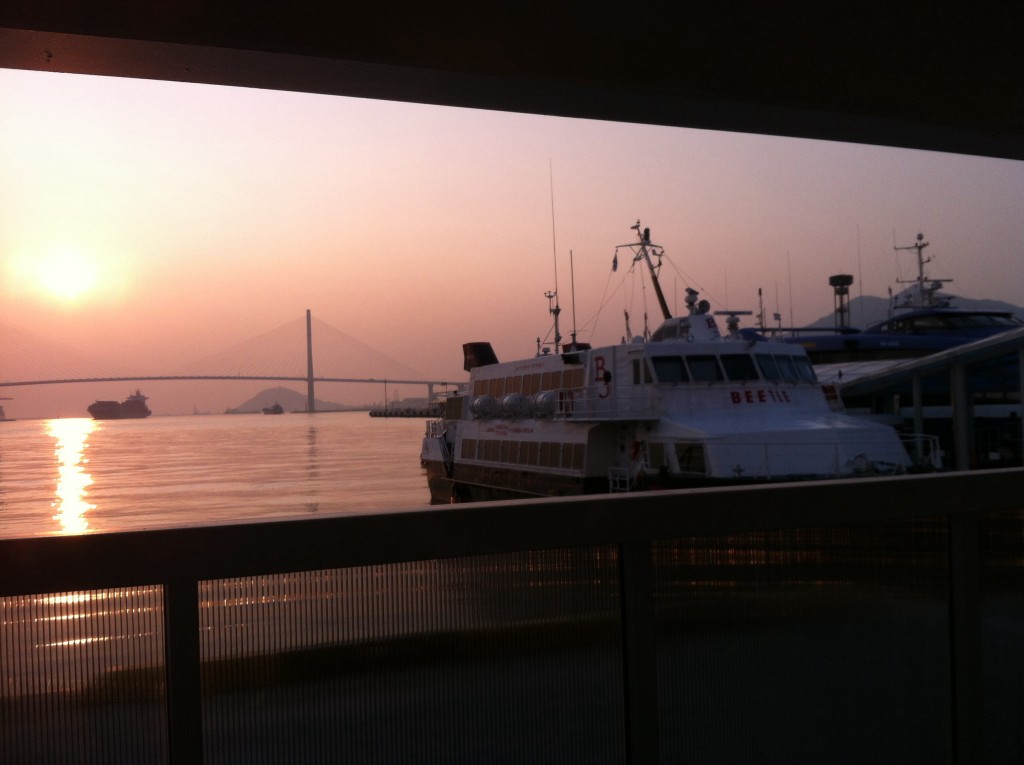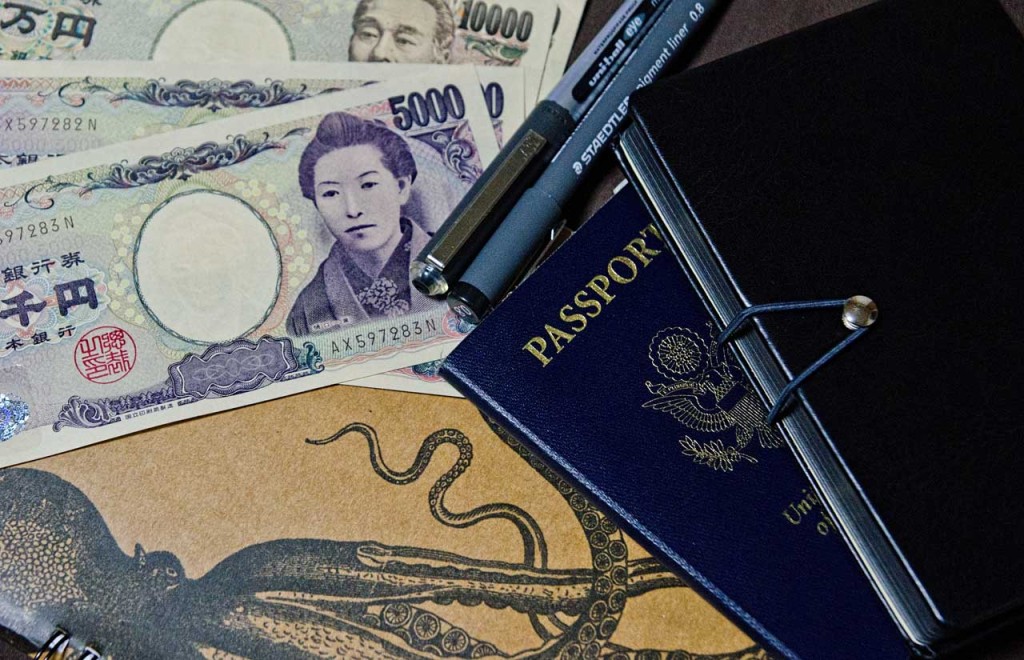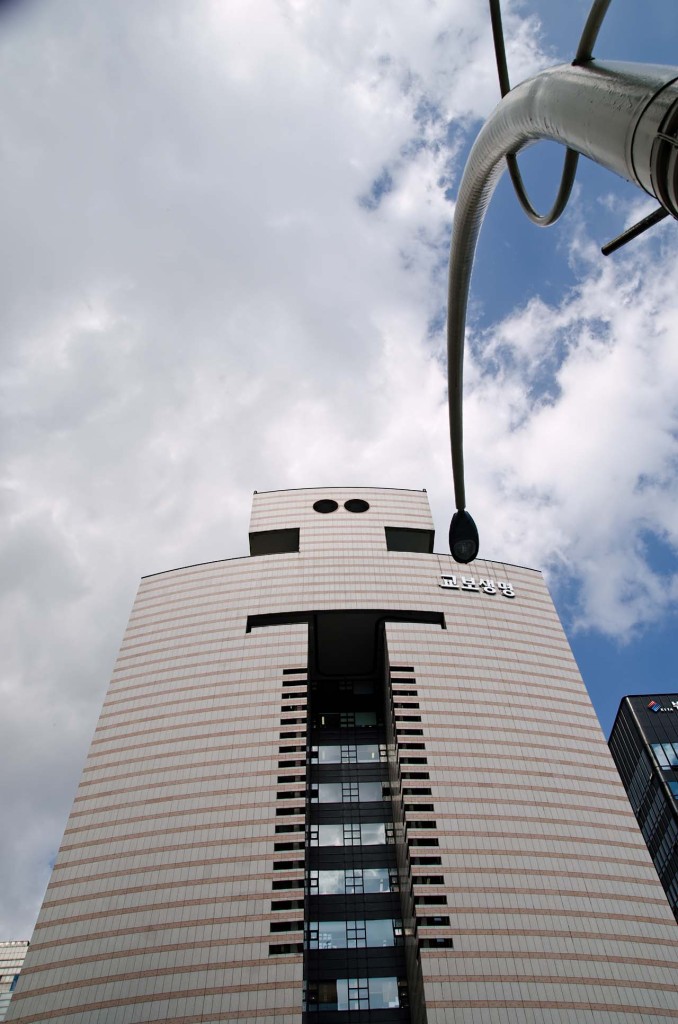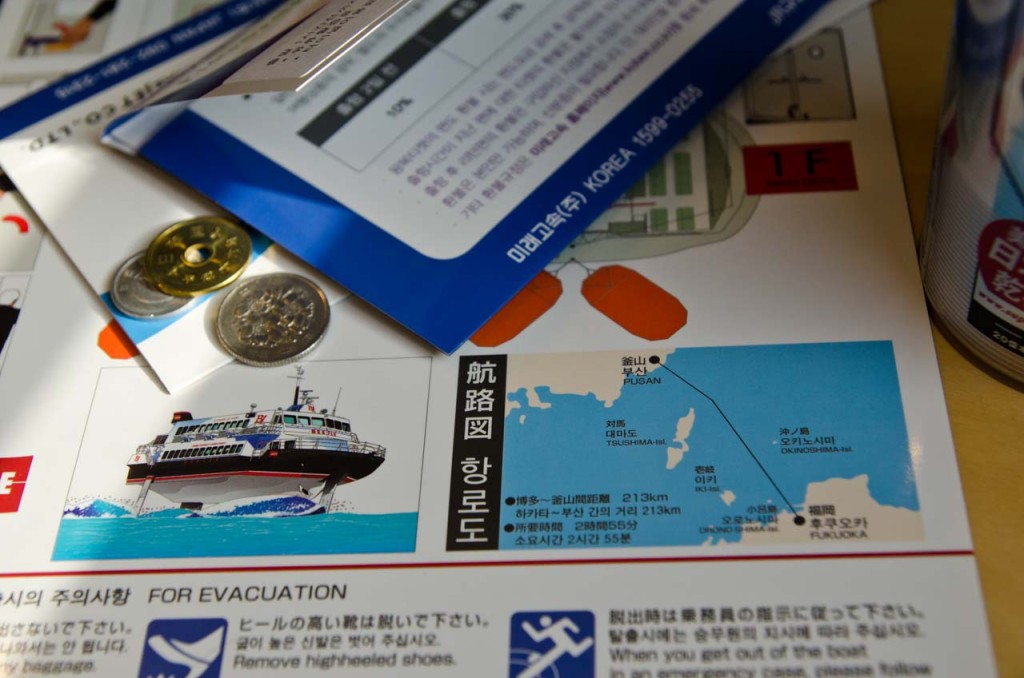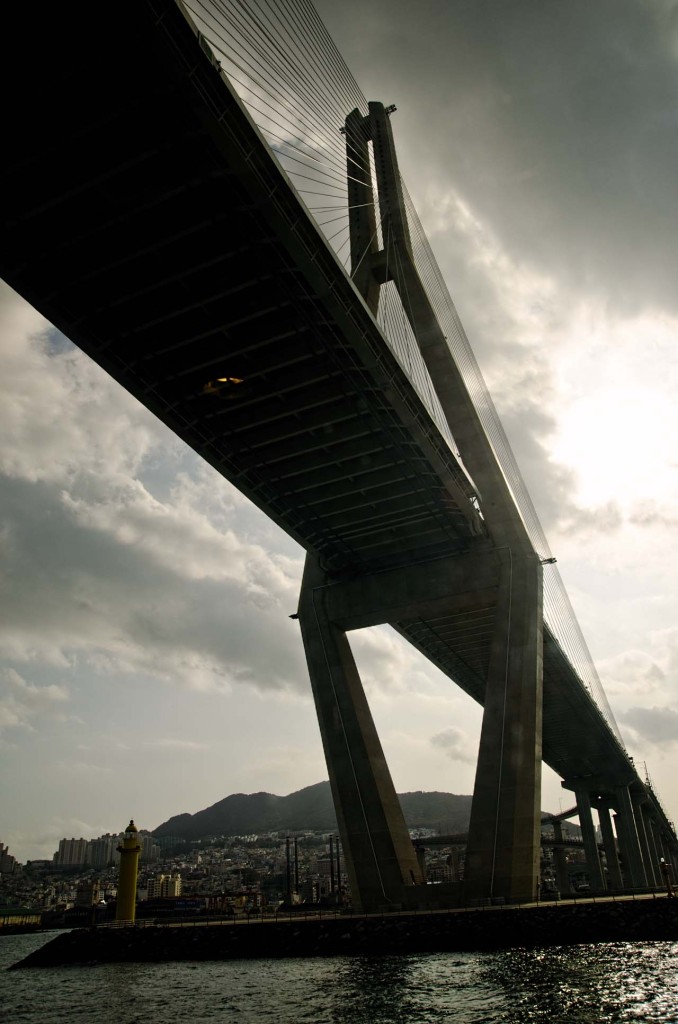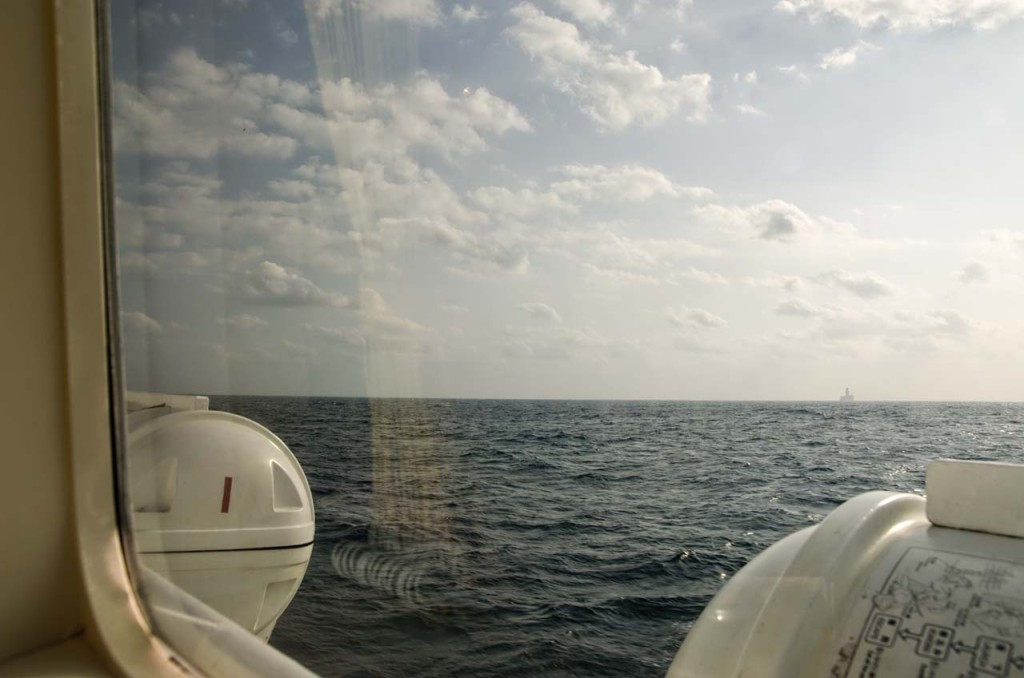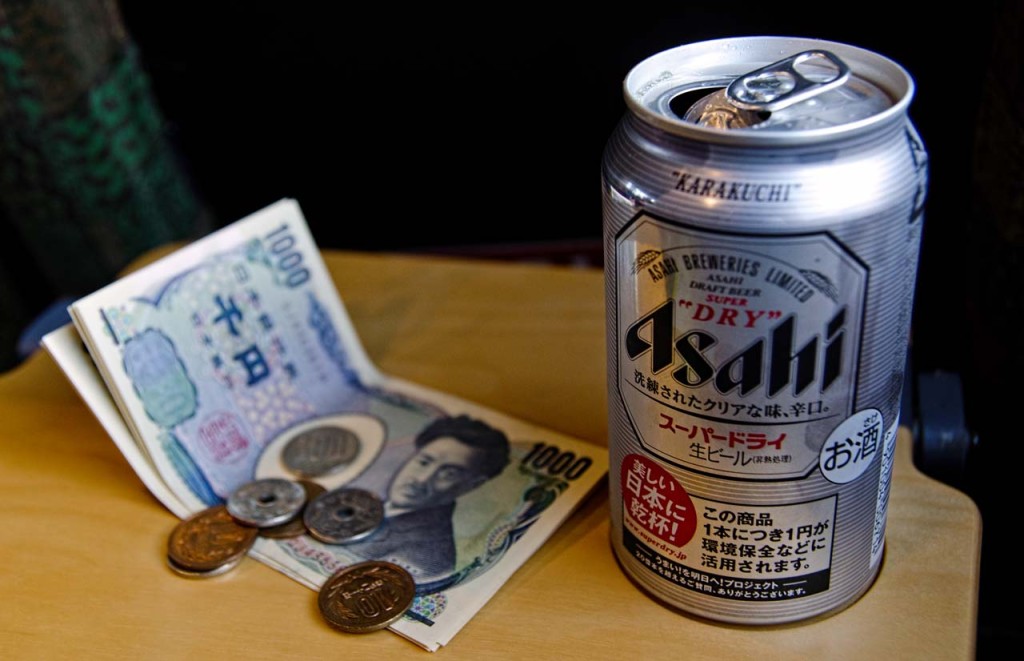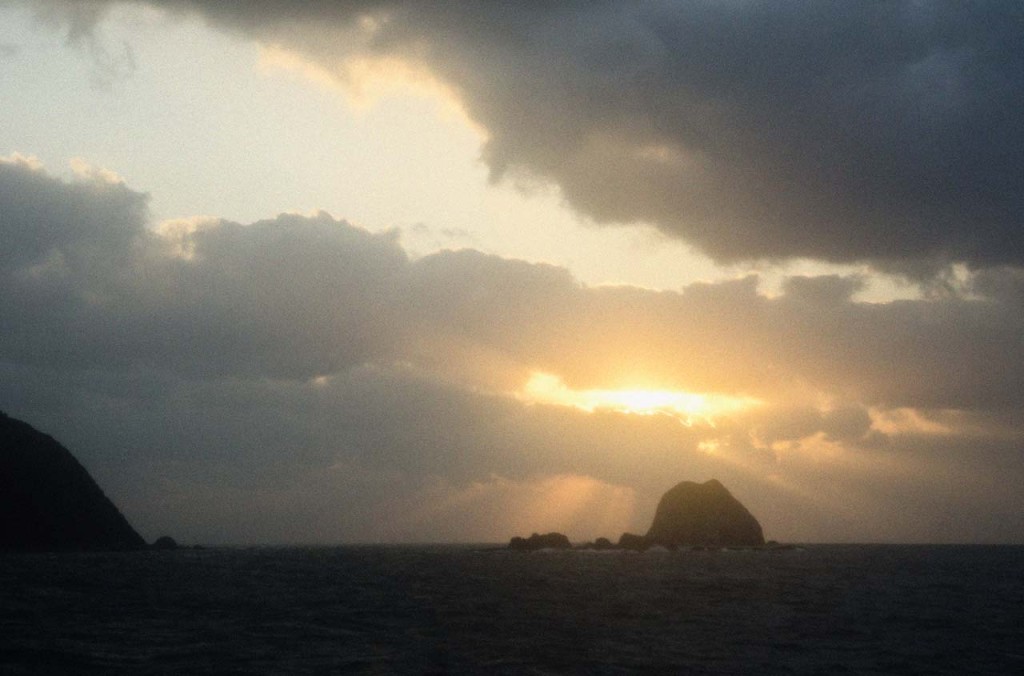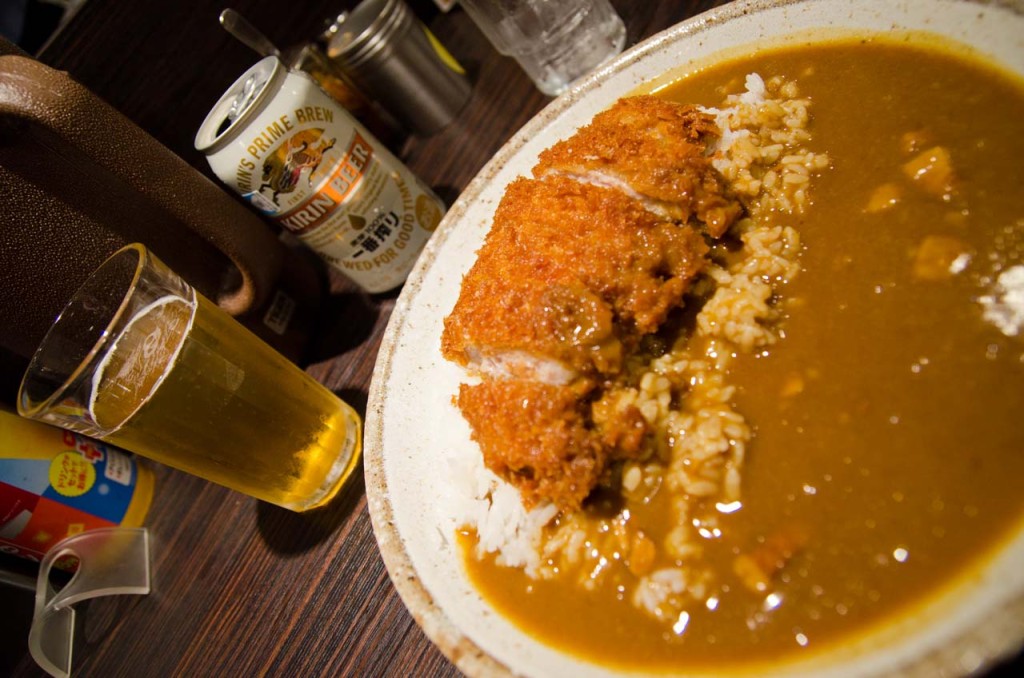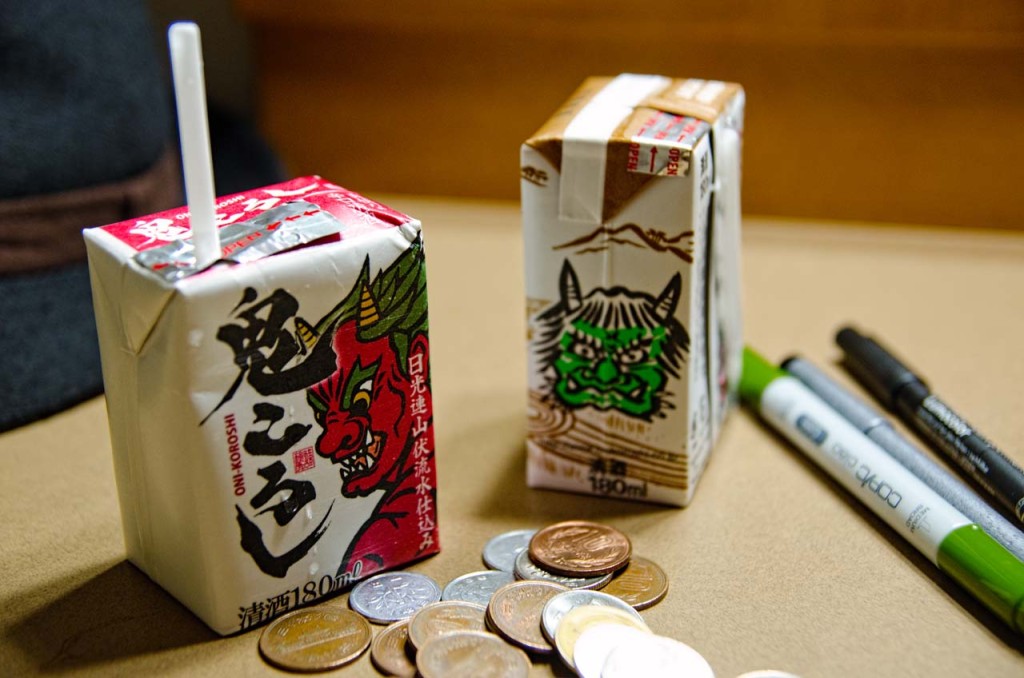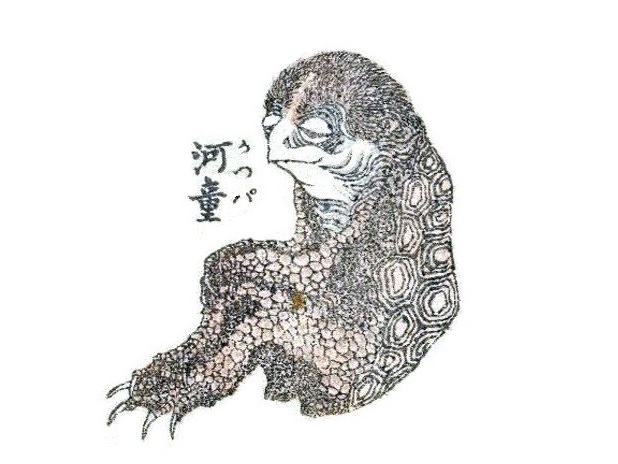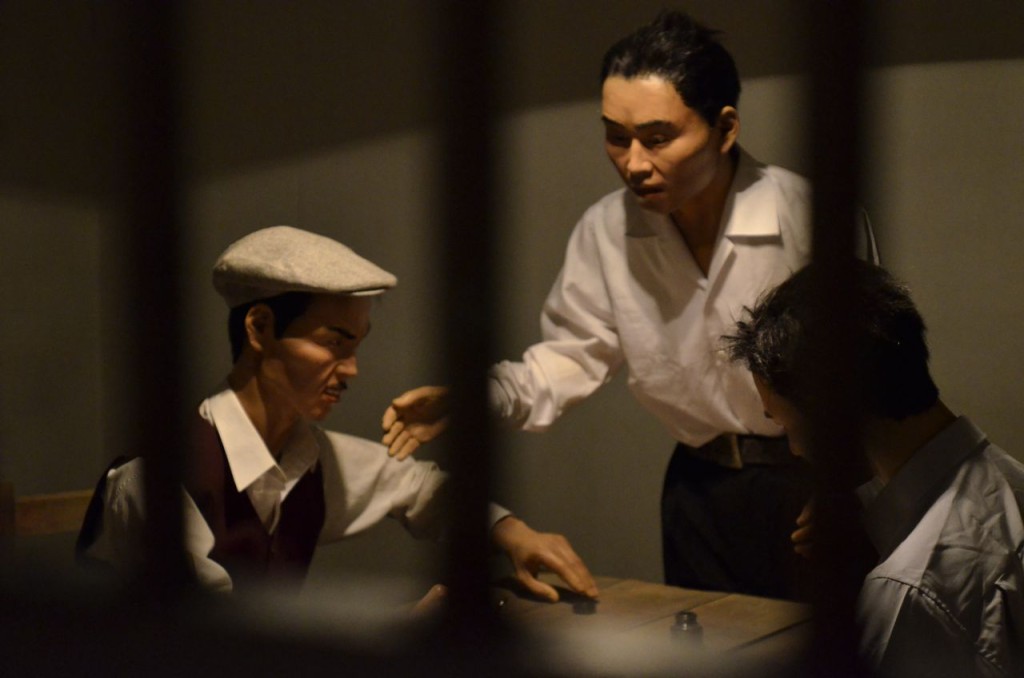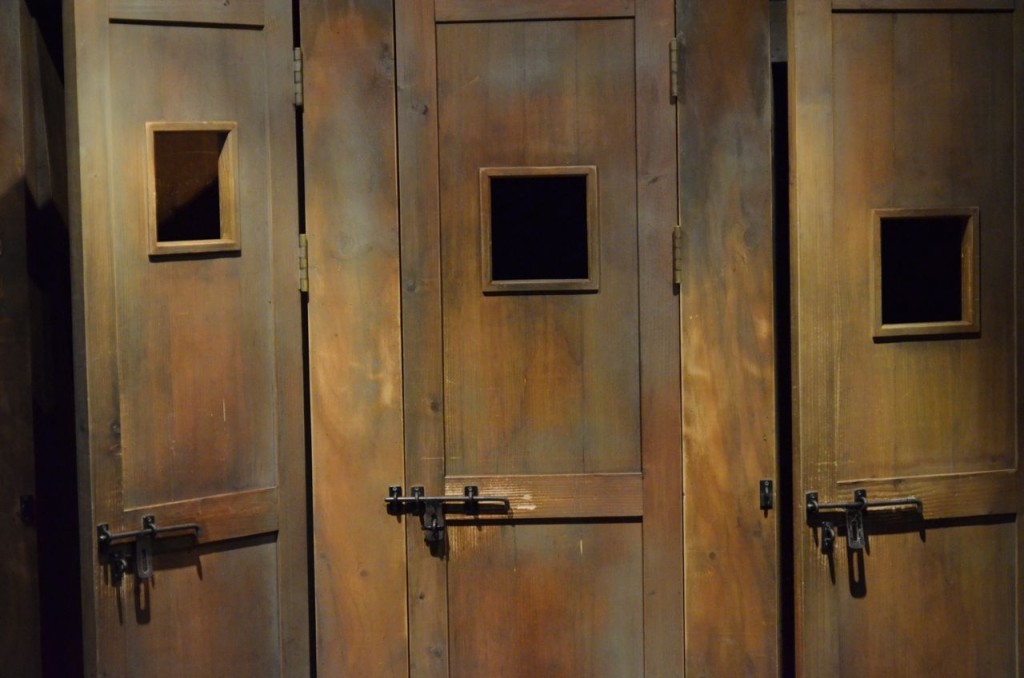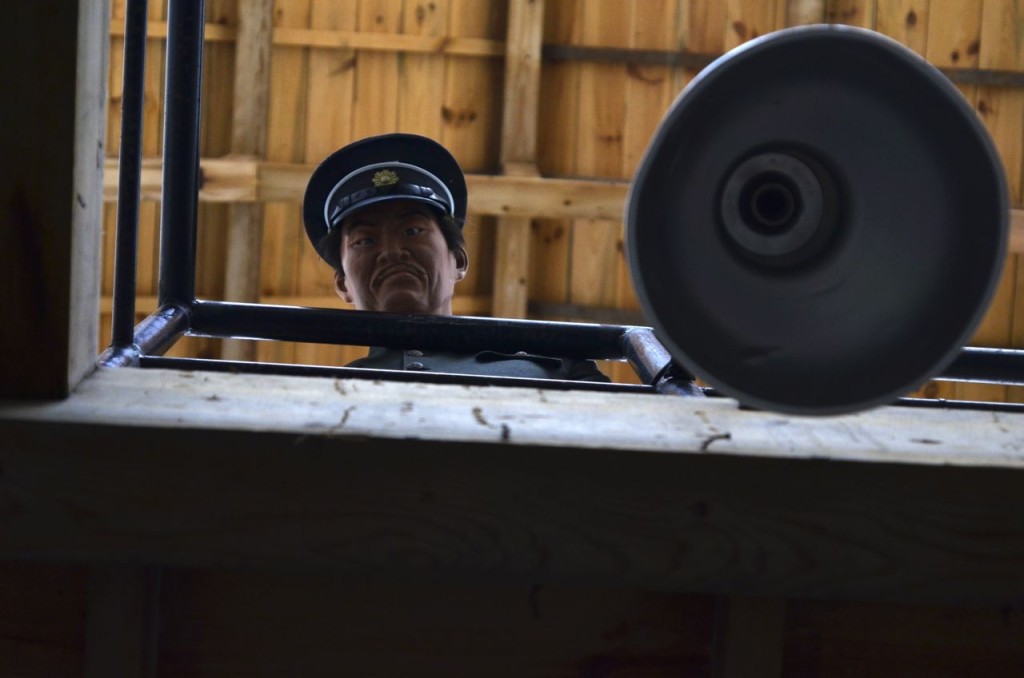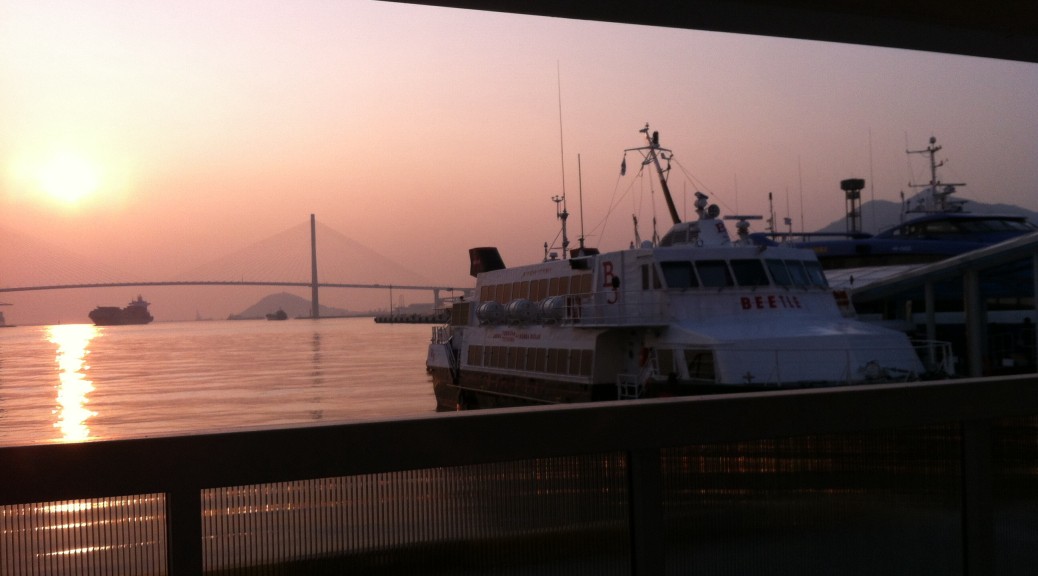
Tag Archives: japan

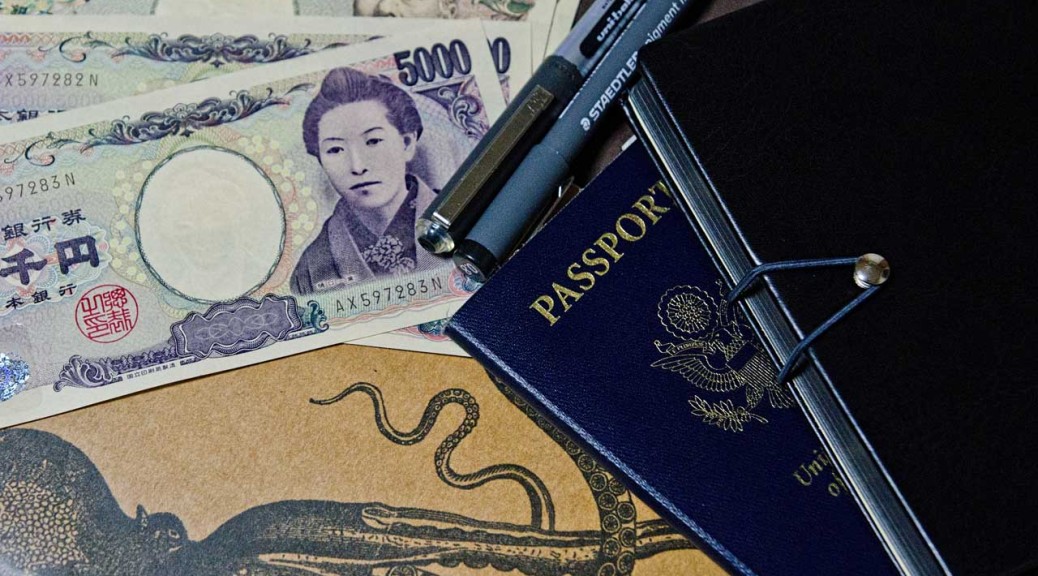
to Fukuoka and the new year
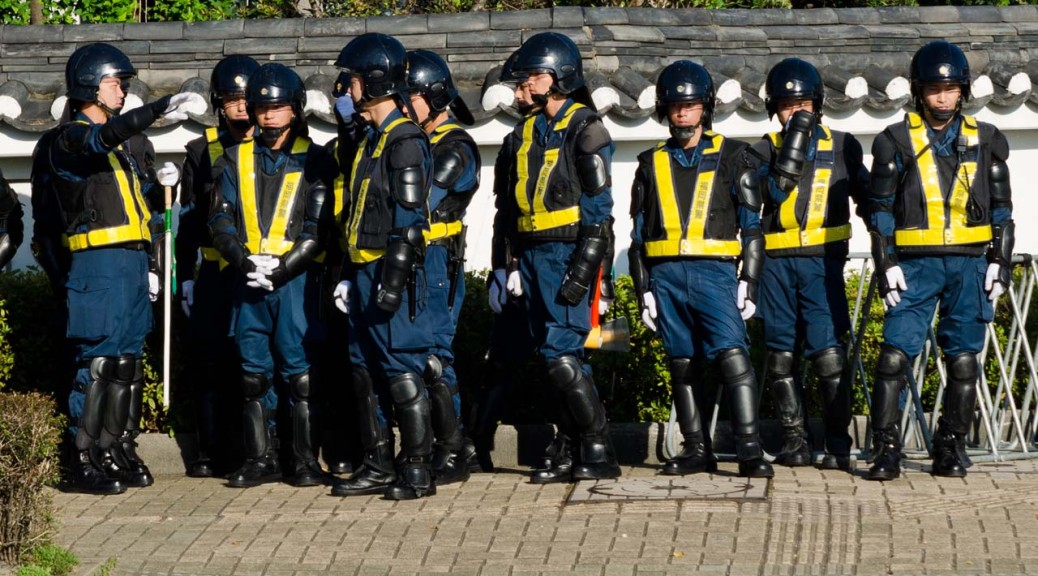
Fukuoka | 10/28
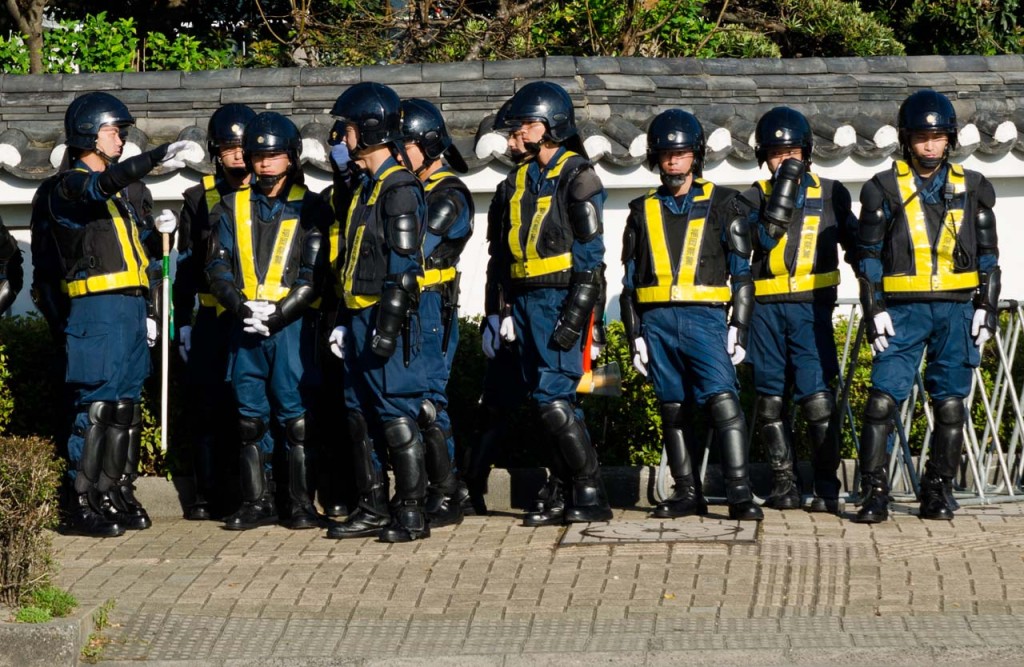 Japanese riot police guarding the Korean Embassy.
Japanese riot police guarding the Korean Embassy.

Inspiration?
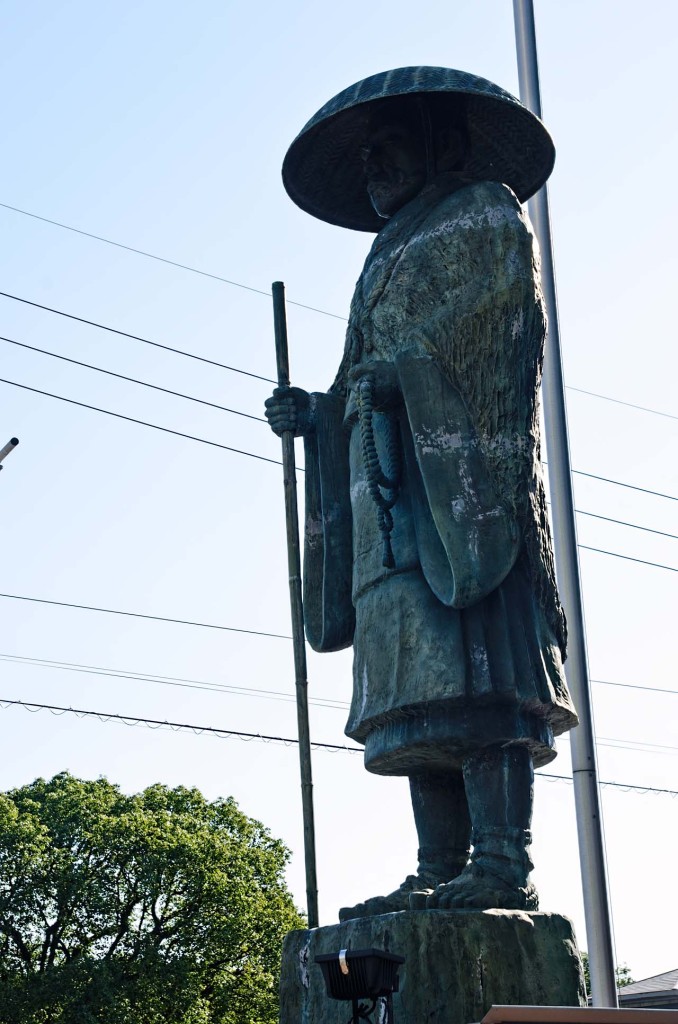
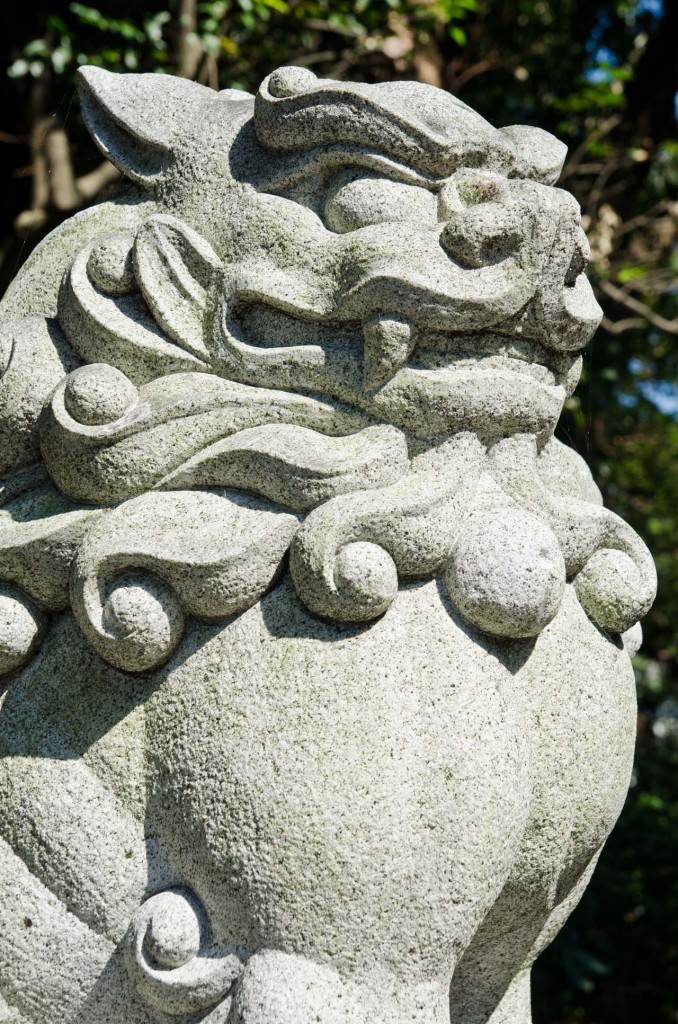
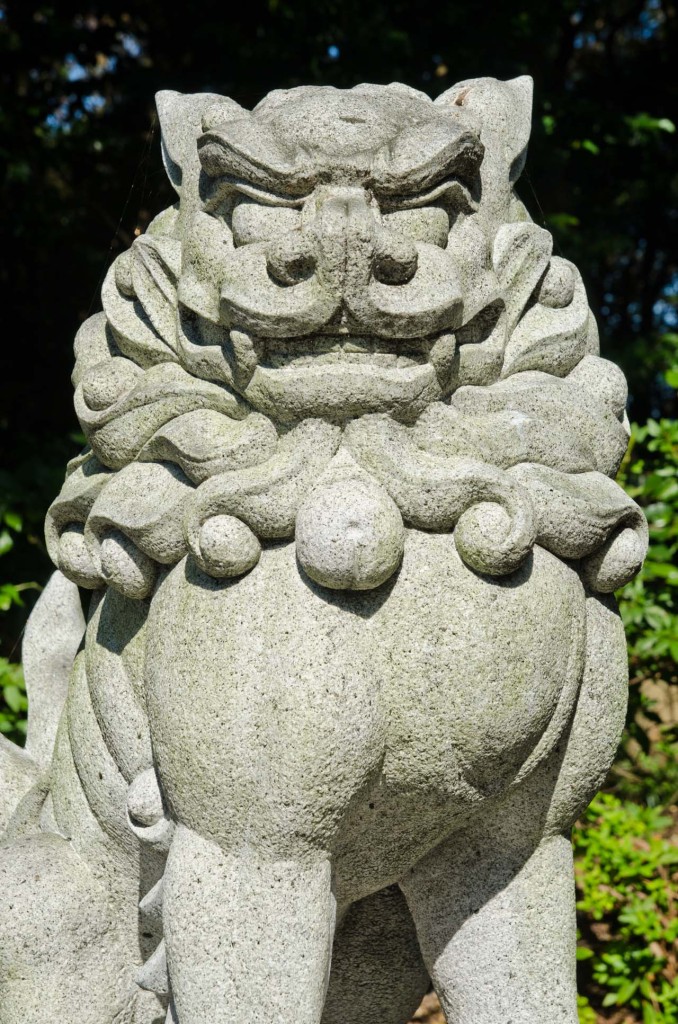 Komainu (狛犬)
Komainu (狛犬)
“Meant to ward off evil spirits, modern komainu statues are almost identical, but one has the mouth open, the other closed. This is a very common characteristic in religious statue pairs at both temples and shrines. This pattern is however Buddhist in origin and has a symbolic meaning. The open mouth is pronouncing the first letter of the Sanskrit alphabet, which is pronounced “a”, while the closed one is uttering the last letter, which is pronounced “um”, to represent the beginning and the end of all things. Together they form the sound Aum, a syllable sacred in several religions like Hinduism, Buddhism, and Jainism.” Wikipedia article.
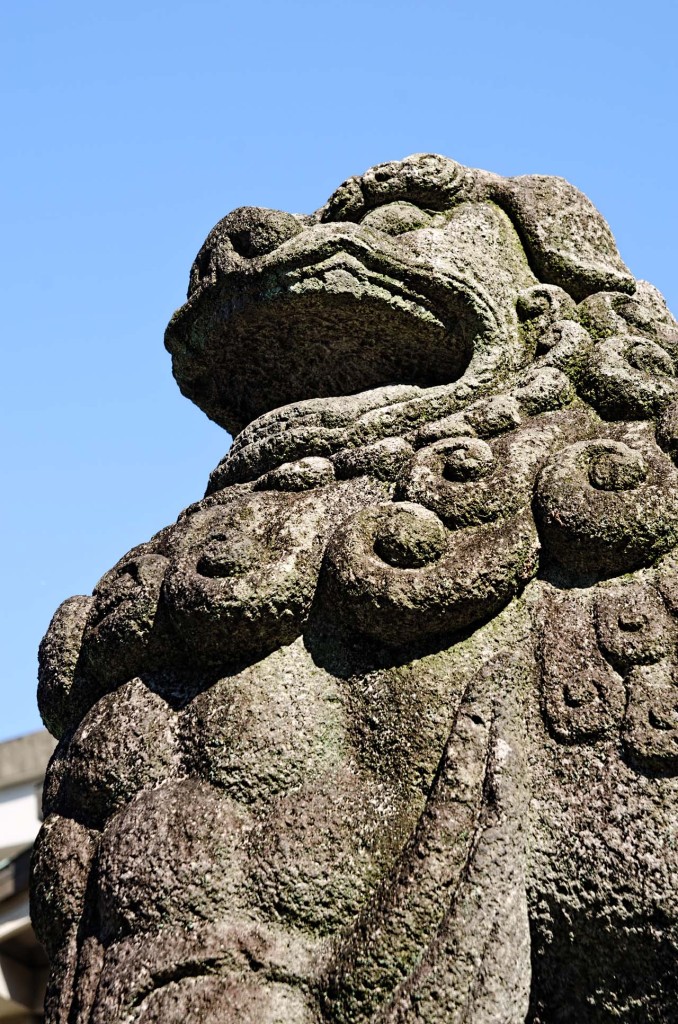
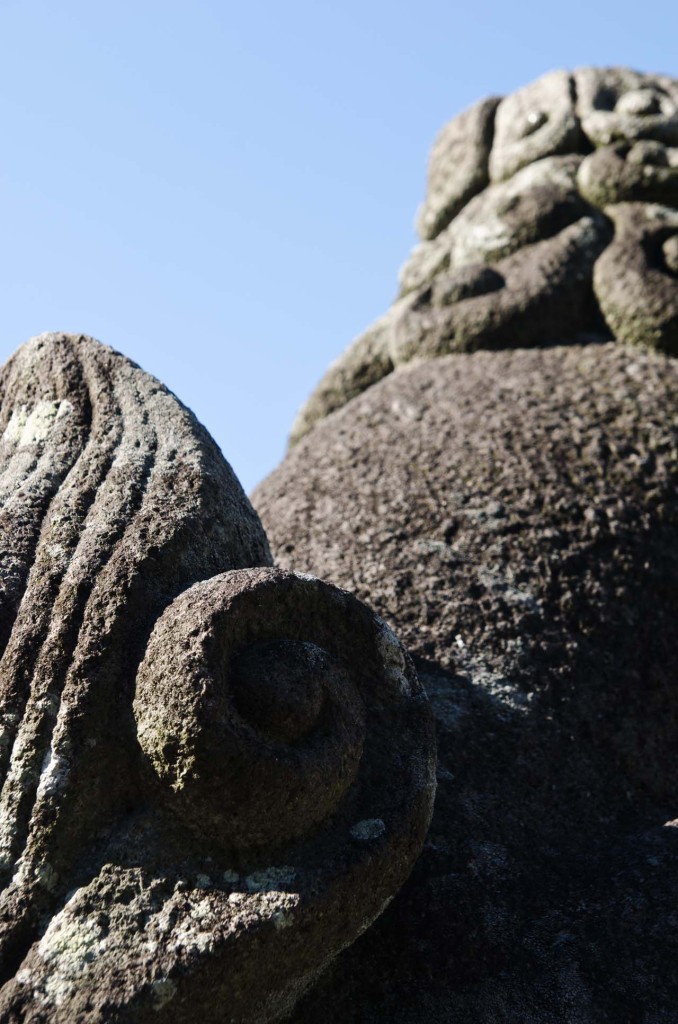
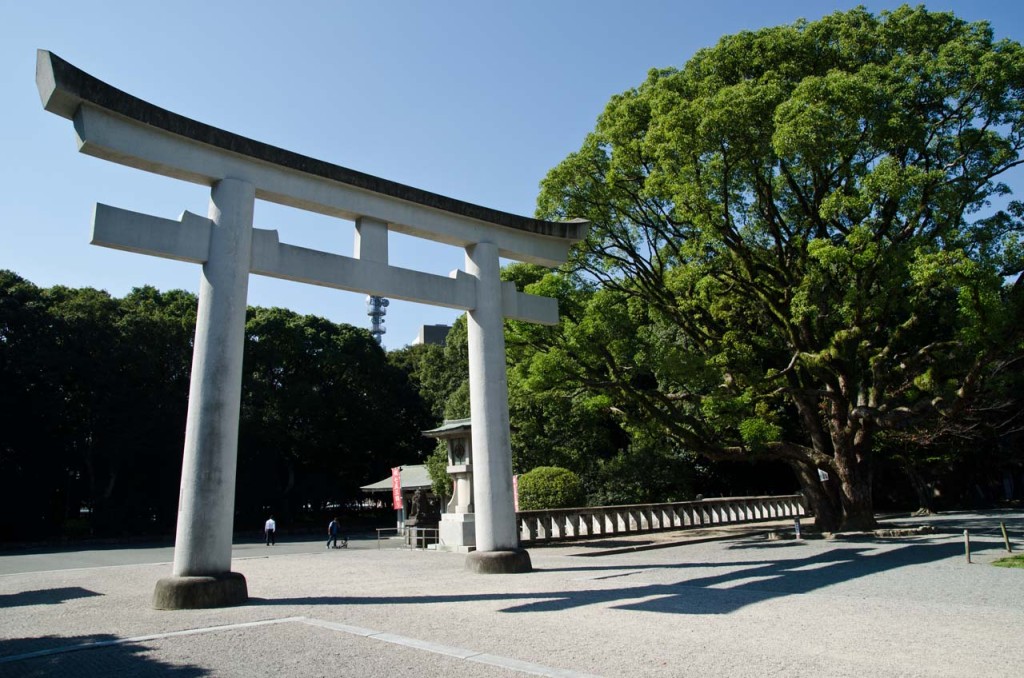 Gokoku Shrine 護国神社.
Gokoku Shrine 護国神社. 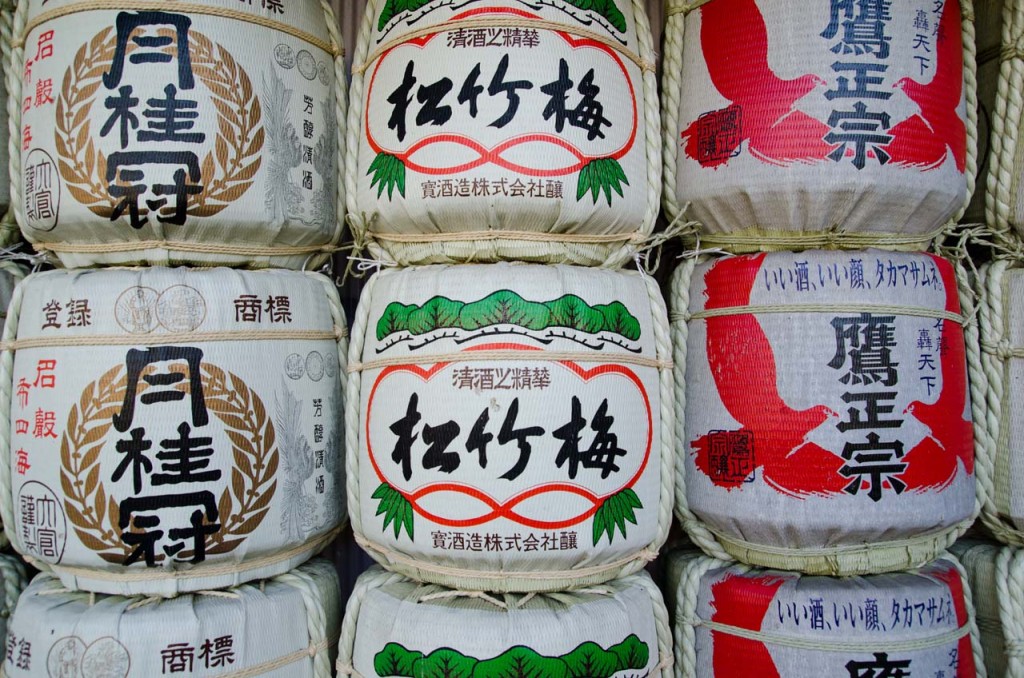
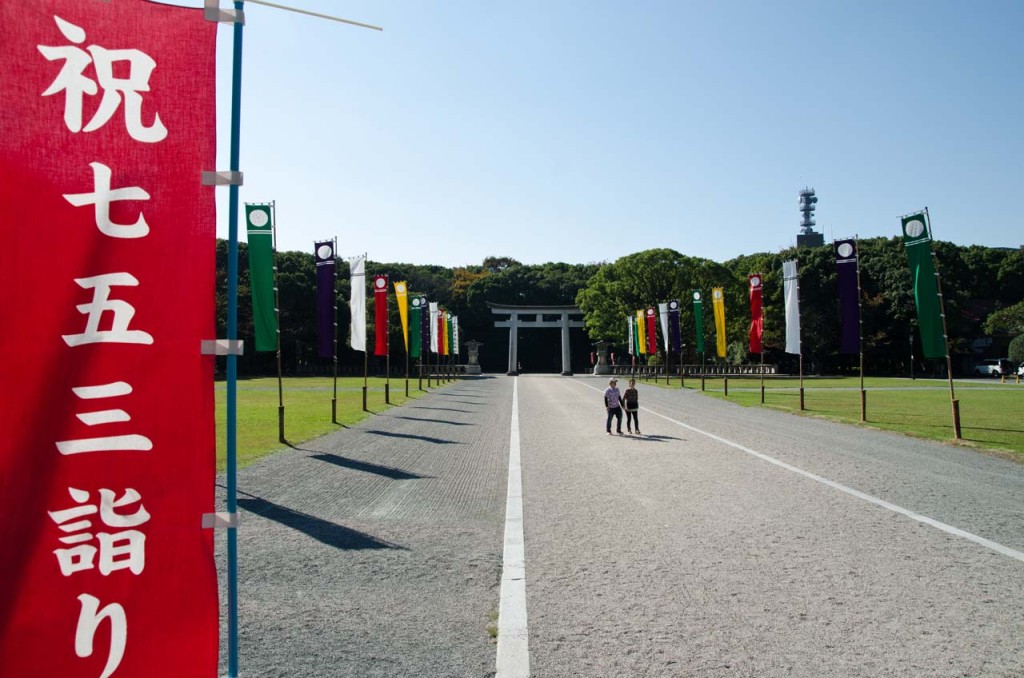
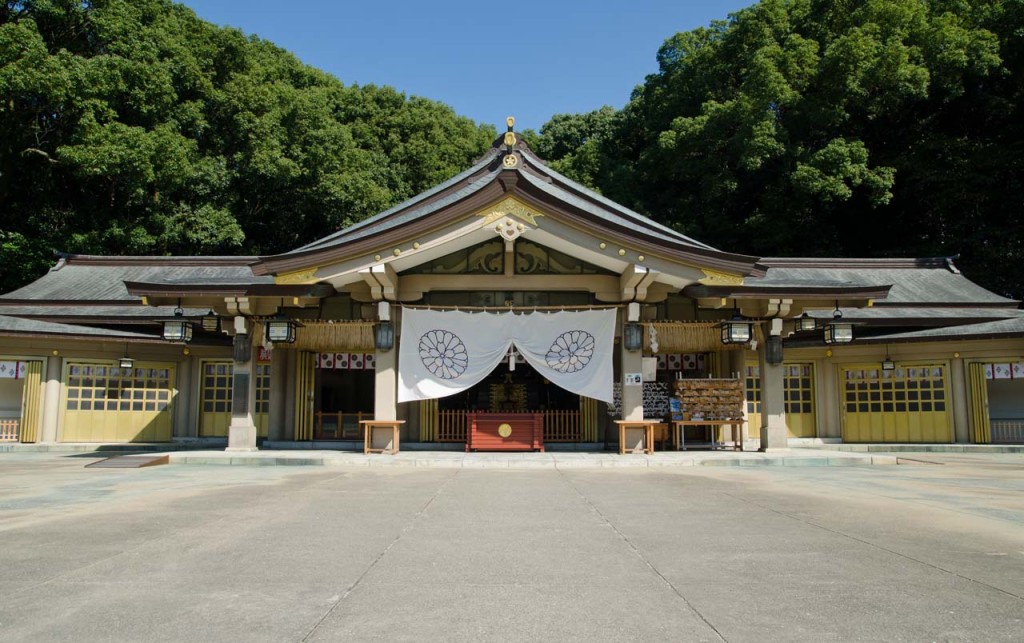
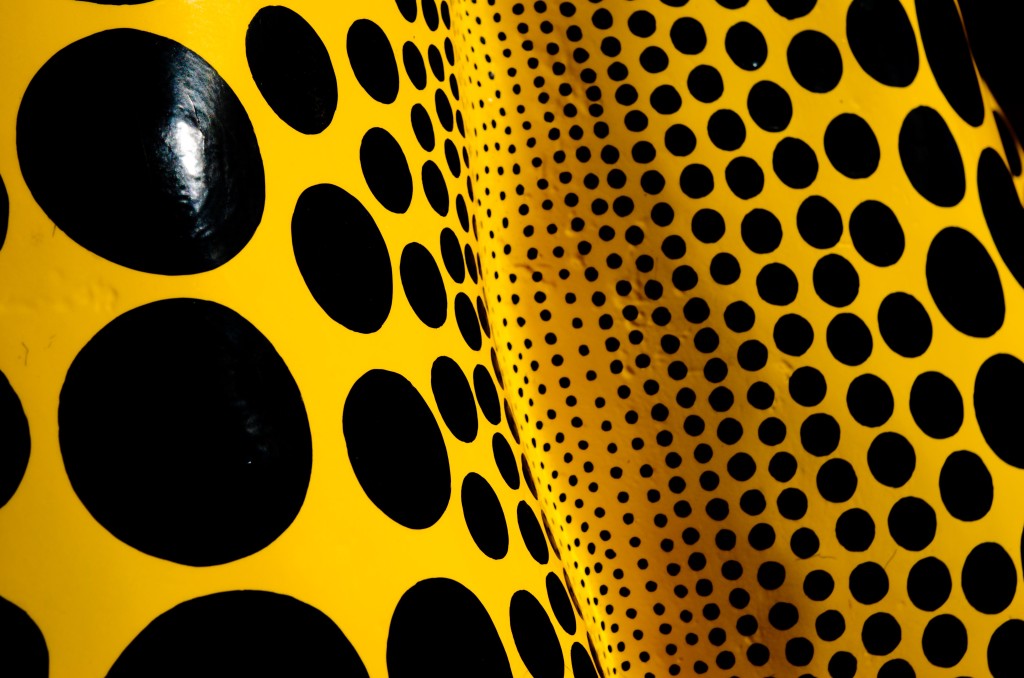 Yayoi Kusama 草間 彌生 pumpkin パンプキン sculpture at Fukuoka Art Museum 福岡市美術館. Ohori Park. More Yakoi Kusama pumpkins (INHALE MAG).
Yayoi Kusama 草間 彌生 pumpkin パンプキン sculpture at Fukuoka Art Museum 福岡市美術館. Ohori Park. More Yakoi Kusama pumpkins (INHALE MAG).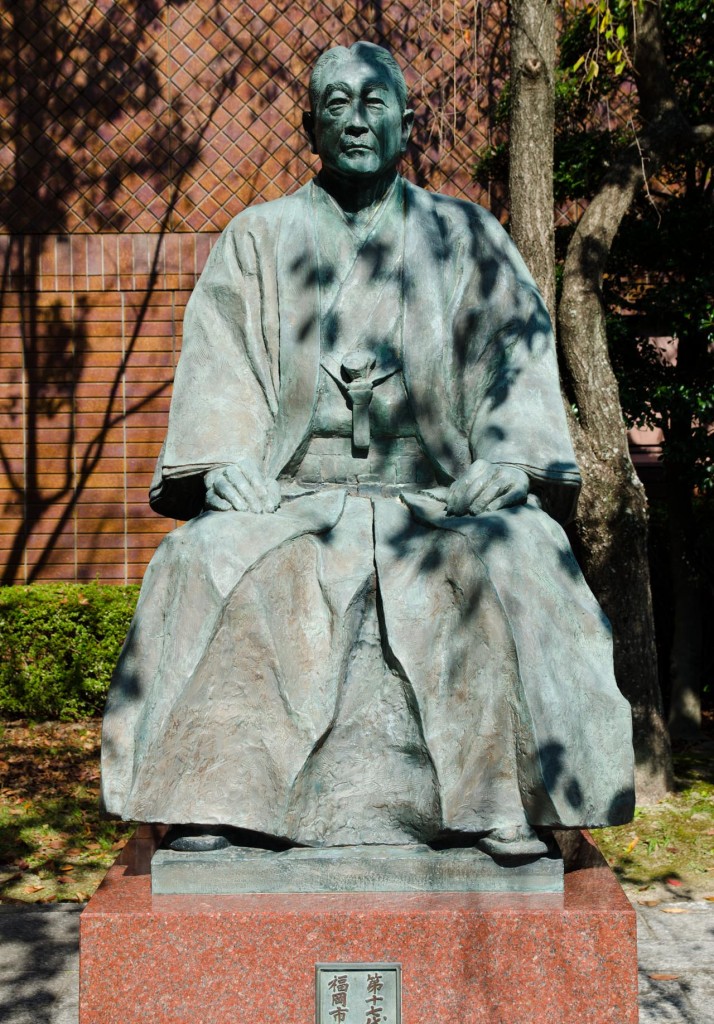 Ohori Park.
Ohori Park.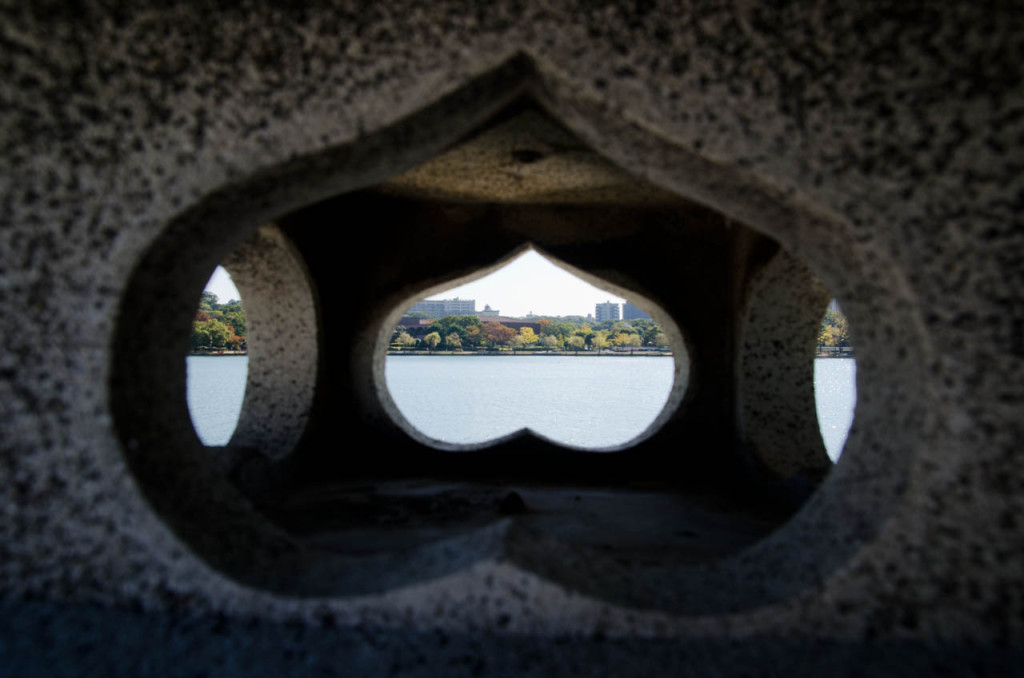
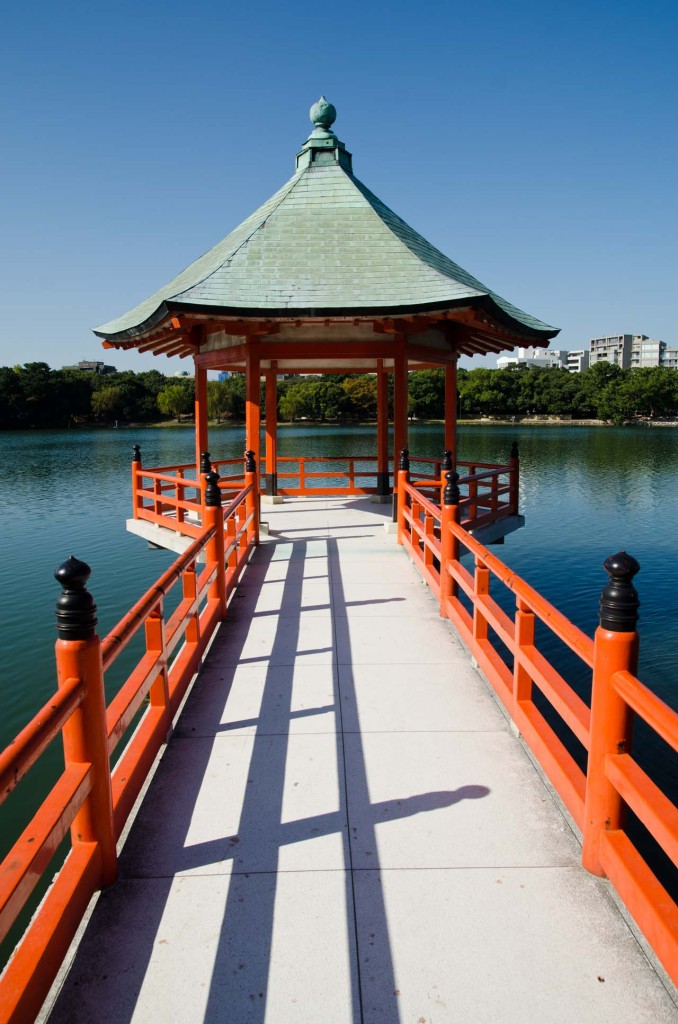
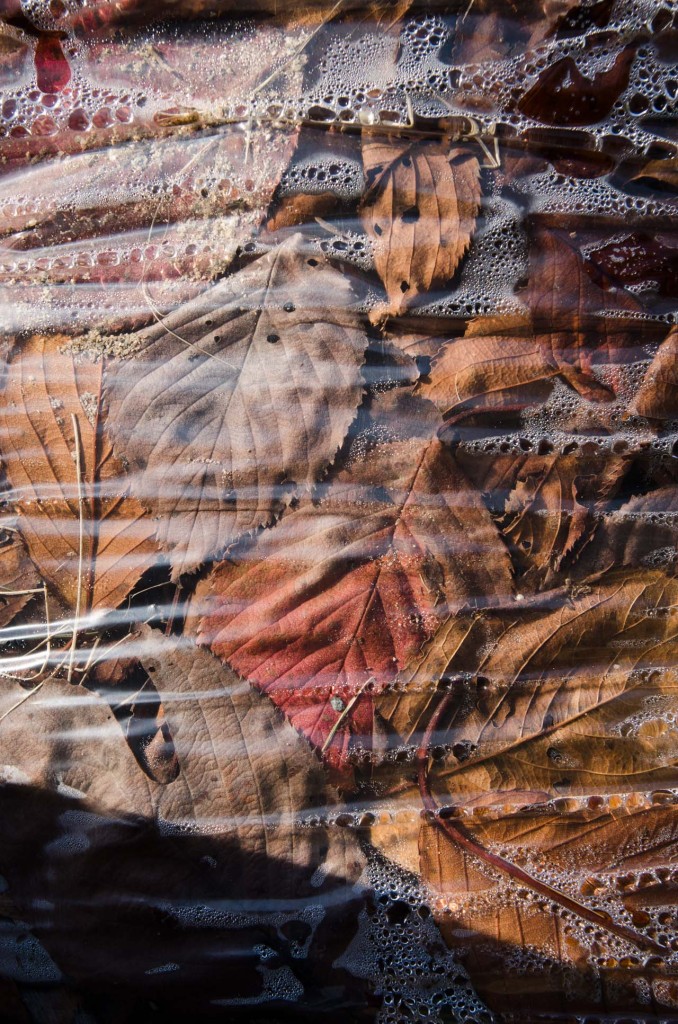
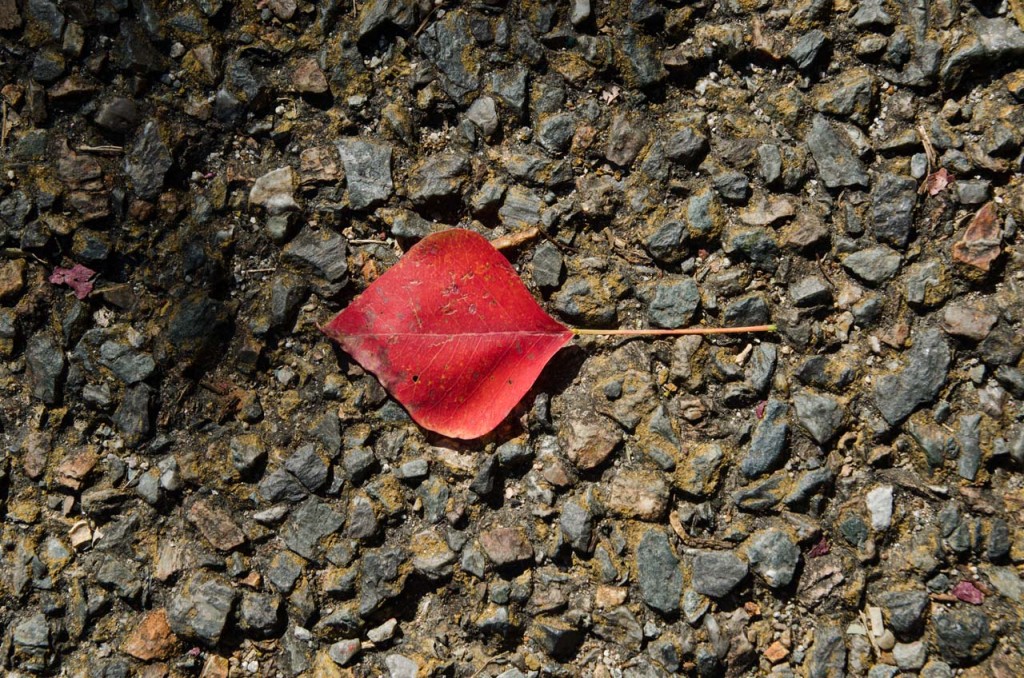
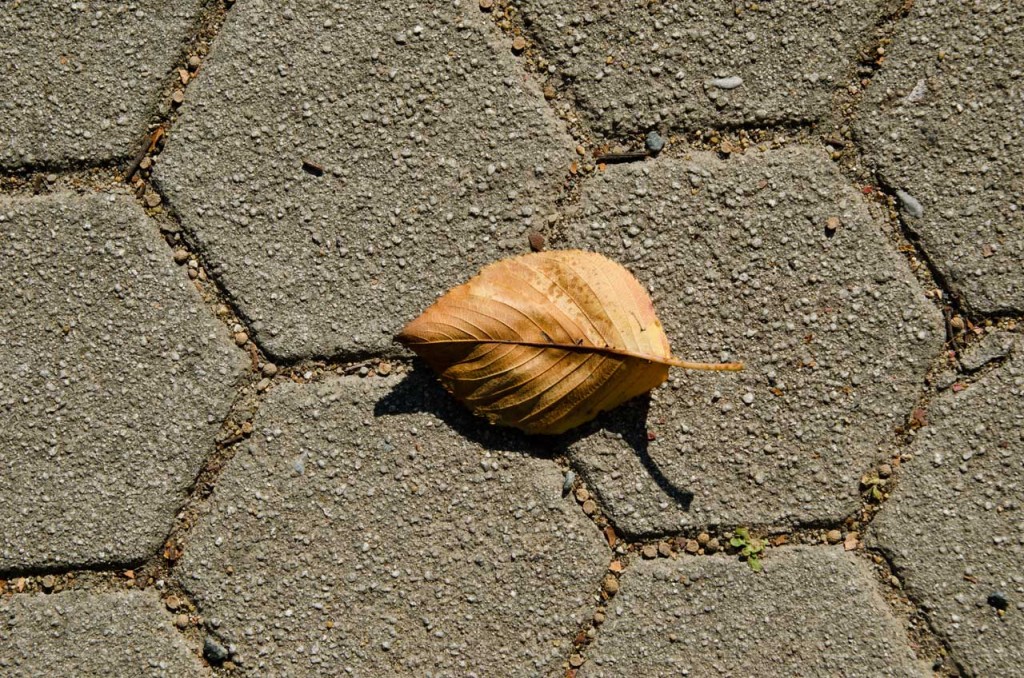
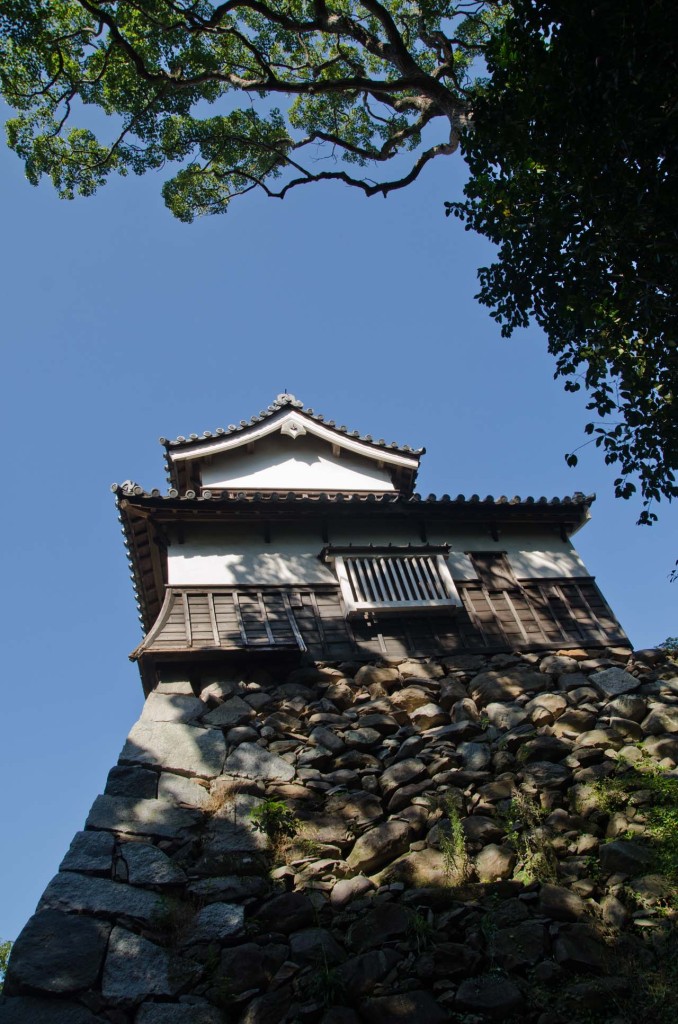 Fukuoka Castle ruins 福岡城.
Fukuoka Castle ruins 福岡城.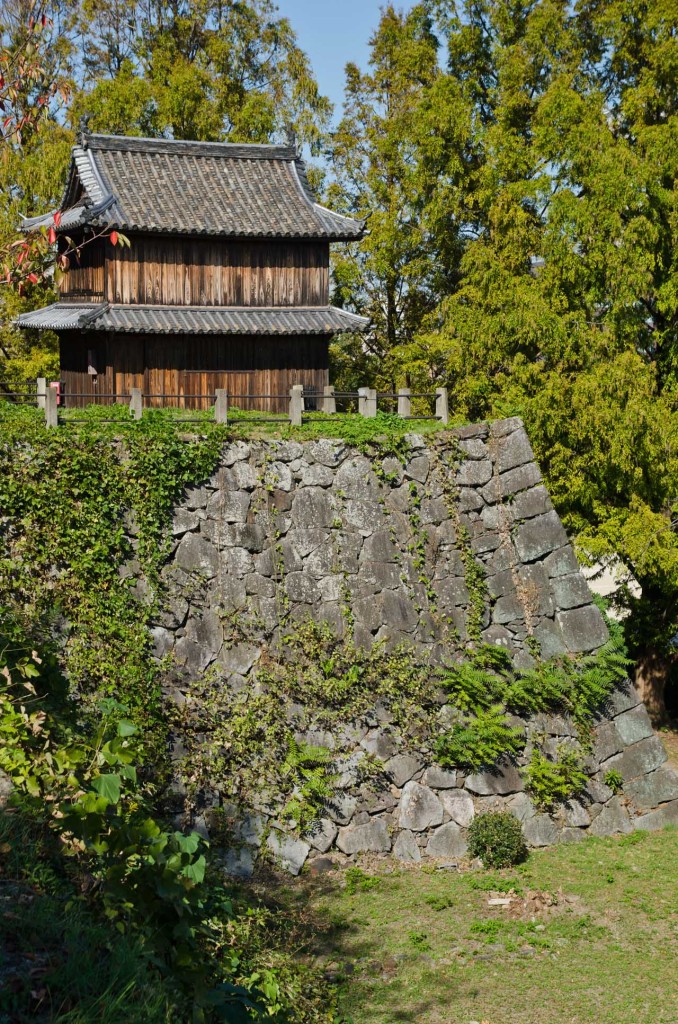
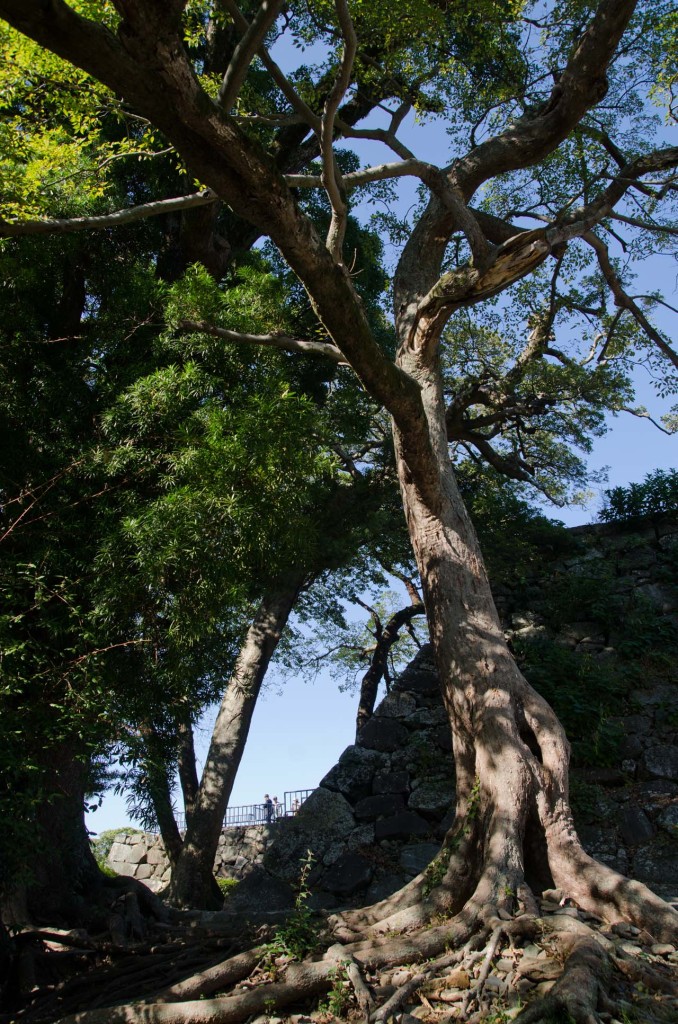 October 28, 2014.
October 28, 2014.
Fukuoka 福岡 and Hakata 博多 | 1
See
Fukuoka Art Museum 福岡市美術館 at Ohori Park 大濠公園
Daimyo, Canal City, Tenjin, Hakata, Marinoa City article.
Back-street stores in Imaizumi.
Food
Gyoza 餃子 (mandu)
Yuu Shin (restaurant | map )
Shin Shin (Ramen restaurant)
Eating and drinking in Tenjin | blog
Hakata ramen ラーメン with tonkotsu 豚骨
Tenjin and Daimyou area food.
Hakata Station and Nakasu Area food.
Fukuoka Ramen map.
Coffee at Manu coffee shop.
Bar Klug cave-like bar location & website
Yatai 屋台
Oden, Yakitori (chicken skewers).
Ramen at Yatai Ajifu.
Yatai menu in Tenjin: Mentai Gyoza, Tomato roll with bacon, Yaki Ramen.
Outside Fukuoka:
Boat tours on the Naka River
Dazaifu city (太宰府市) (25 mins outside the city)Tenmangu Shrine, Kyushu National Museum.
Ainoshima Island (stray cat island) 相島 near Fukuoka. Cat Heaven article.
Imazu stone fortification.
Articles:
Fukuoka Food Guide (Mentaiko, Ramen, Motsunabe, Gyoza).
NYT article on Fukuoka.
Cool Fukuoka blog.
Fukuoka Japan guide website.
Lonely Planet Fukuoka.
10 things to do in Fukuoka article.
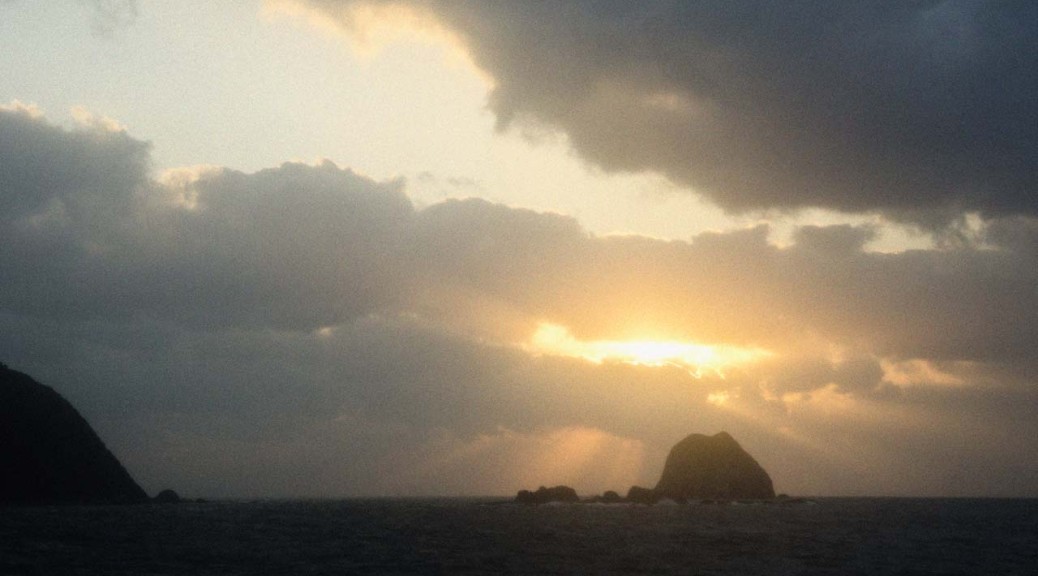
Busan to Fukuoka by Ferry
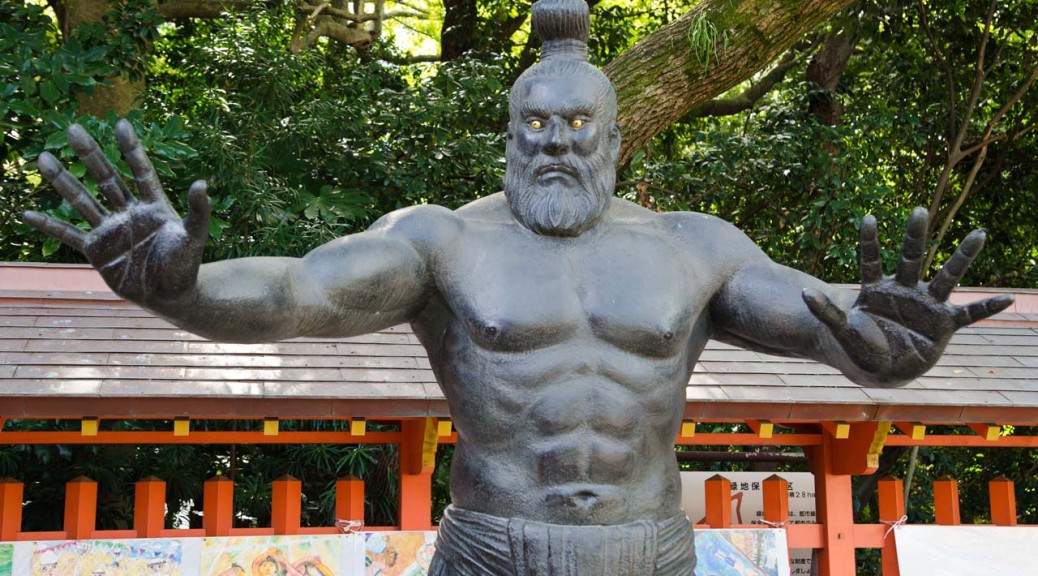
Sumo wrestler in Hakata
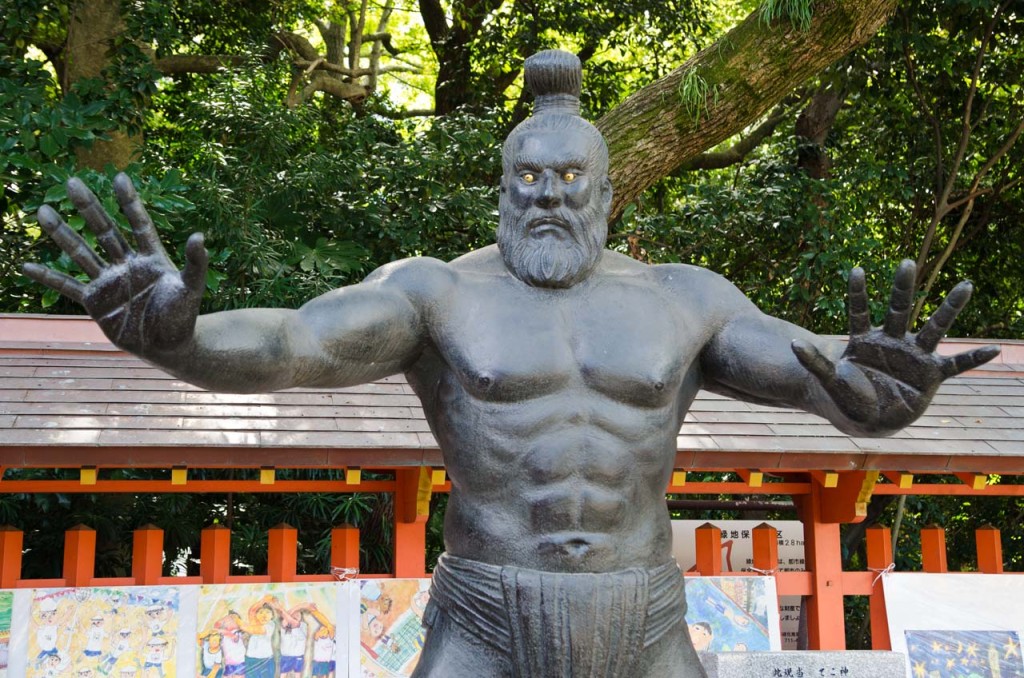 A 19th century statue of a sumo wrestler in a Sumiyoshi shrine in Hakata, Japan. See Sumiyoshi taisha 住吉大社 and Sumiyoshi sanjin 住吉三神.
A 19th century statue of a sumo wrestler in a Sumiyoshi shrine in Hakata, Japan. See Sumiyoshi taisha 住吉大社 and Sumiyoshi sanjin 住吉三神.
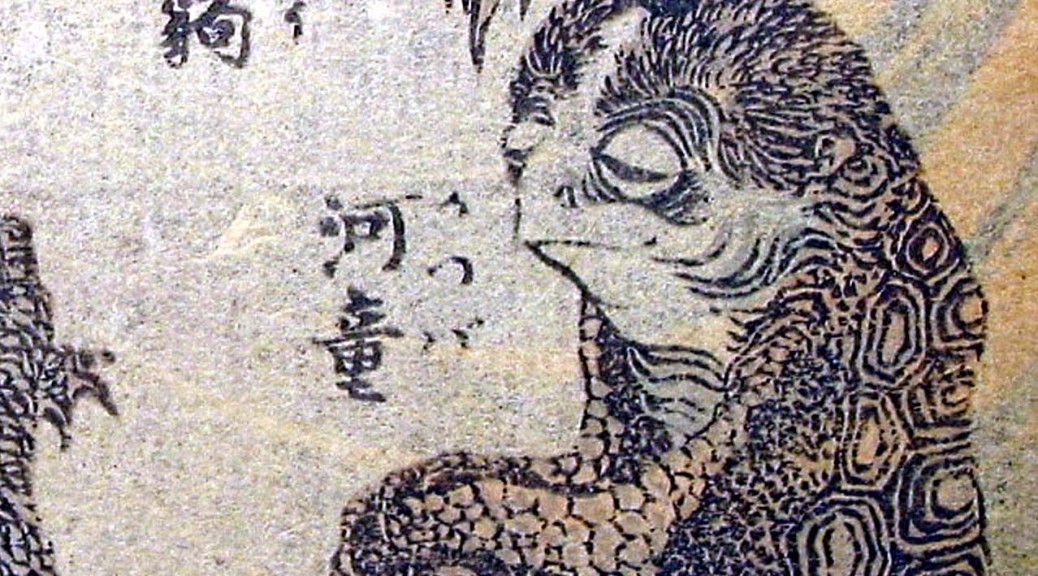
Kappa 河童
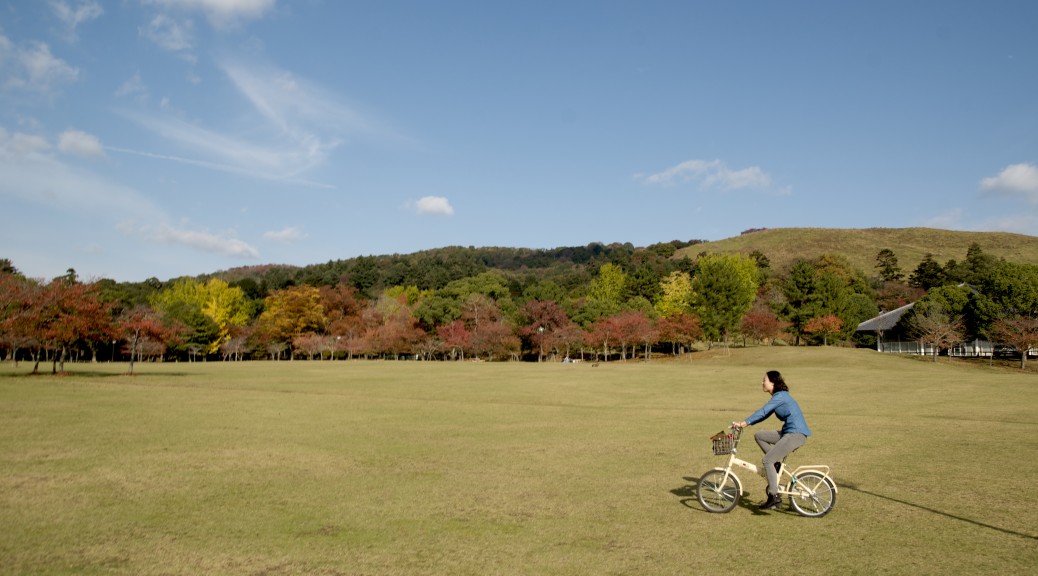
nara奈良 and the roaming deer
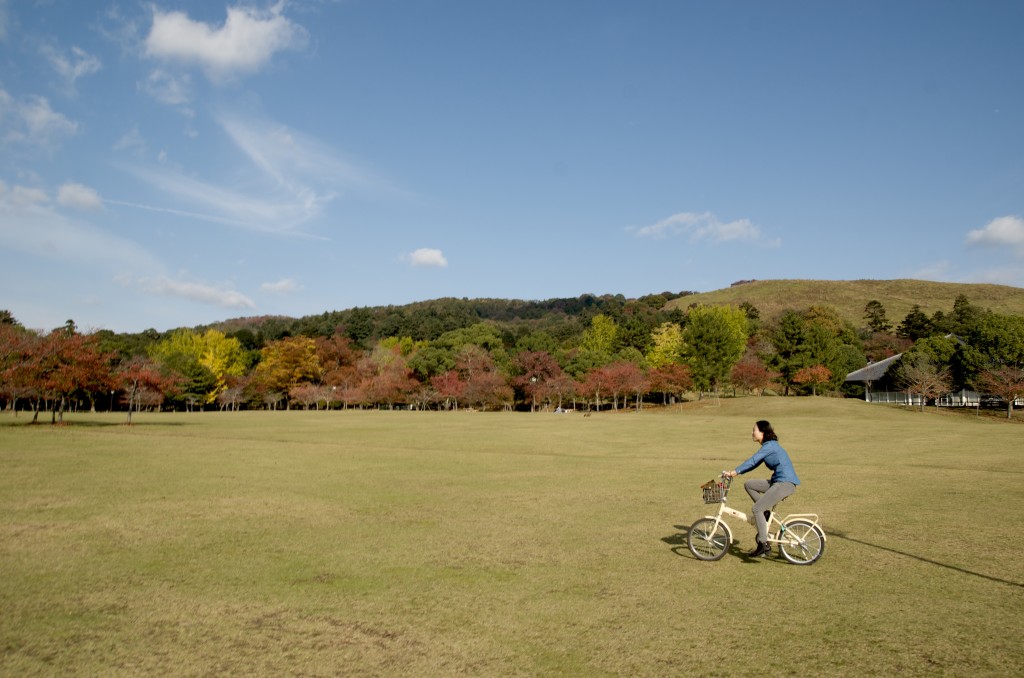 we rent bikes and ride around the city where the deer roam free.
we rent bikes and ride around the city where the deer roam free.
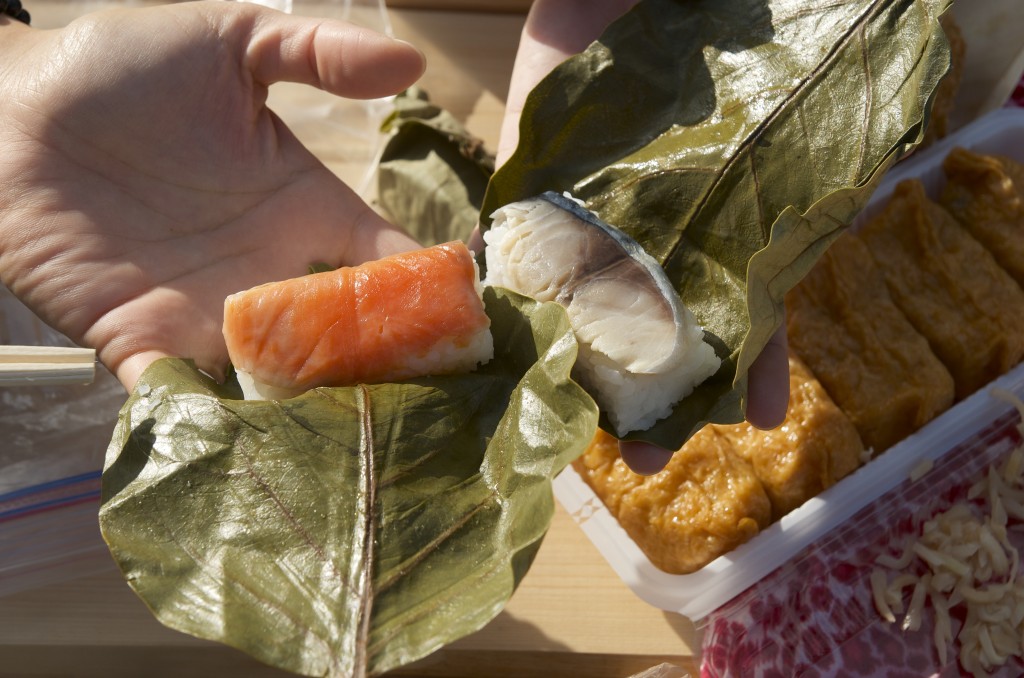 we lunch on things leaf-wrapped and raw.
we lunch on things leaf-wrapped and raw. 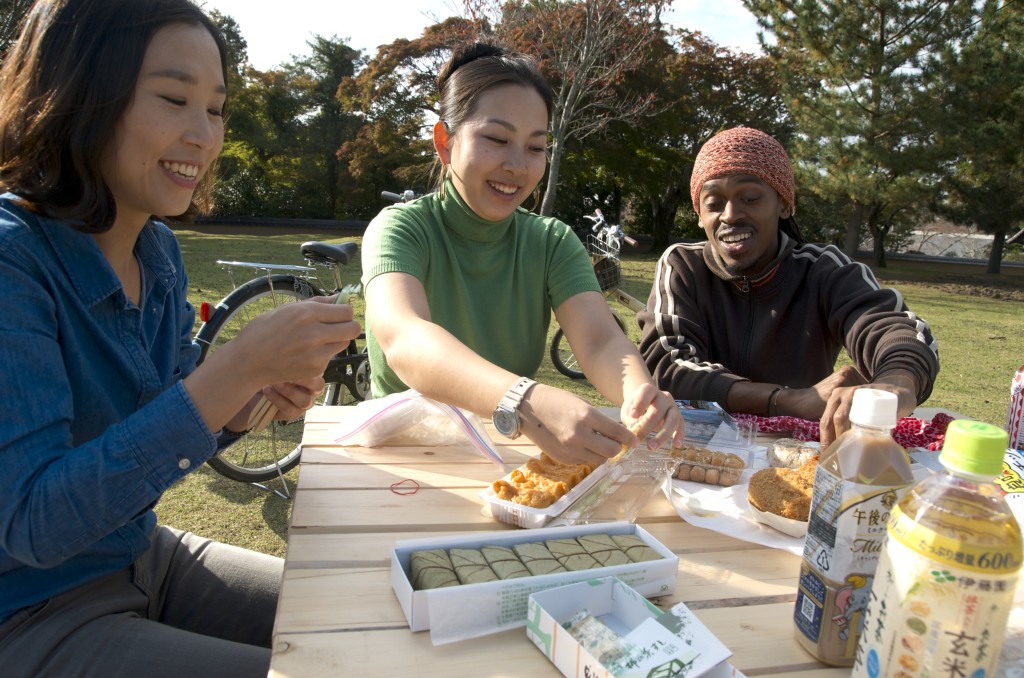
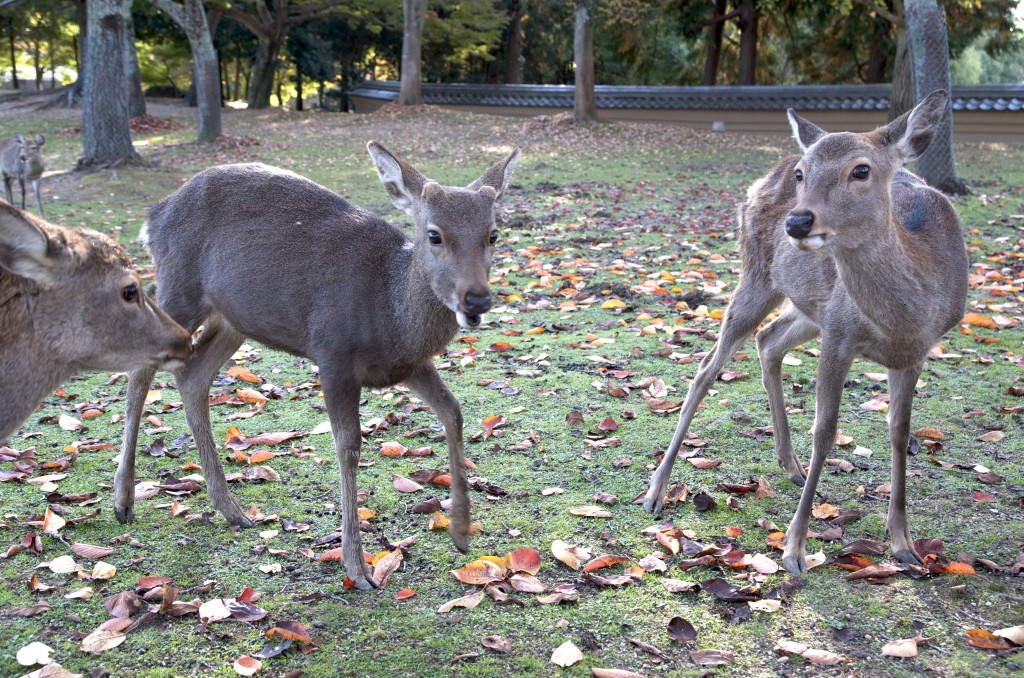 we eat while a gang of panhandling, god-sent, japanese deer encircle our position.
we eat while a gang of panhandling, god-sent, japanese deer encircle our position.
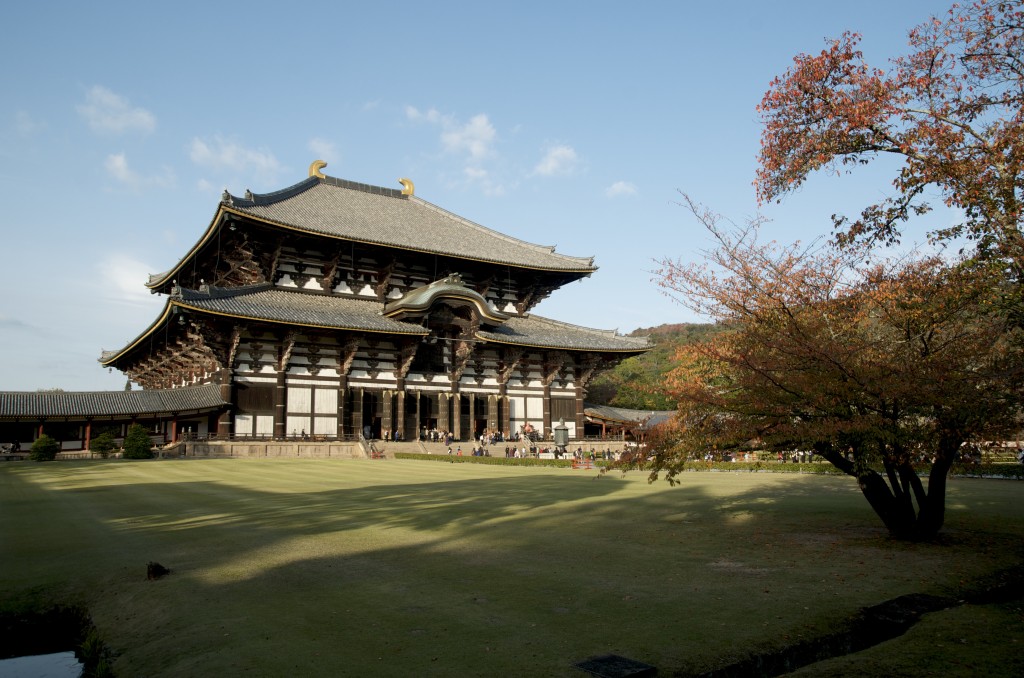 we visit todai-ji 東大寺, a buddhist temple built in 752 AD.
we visit todai-ji 東大寺, a buddhist temple built in 752 AD.
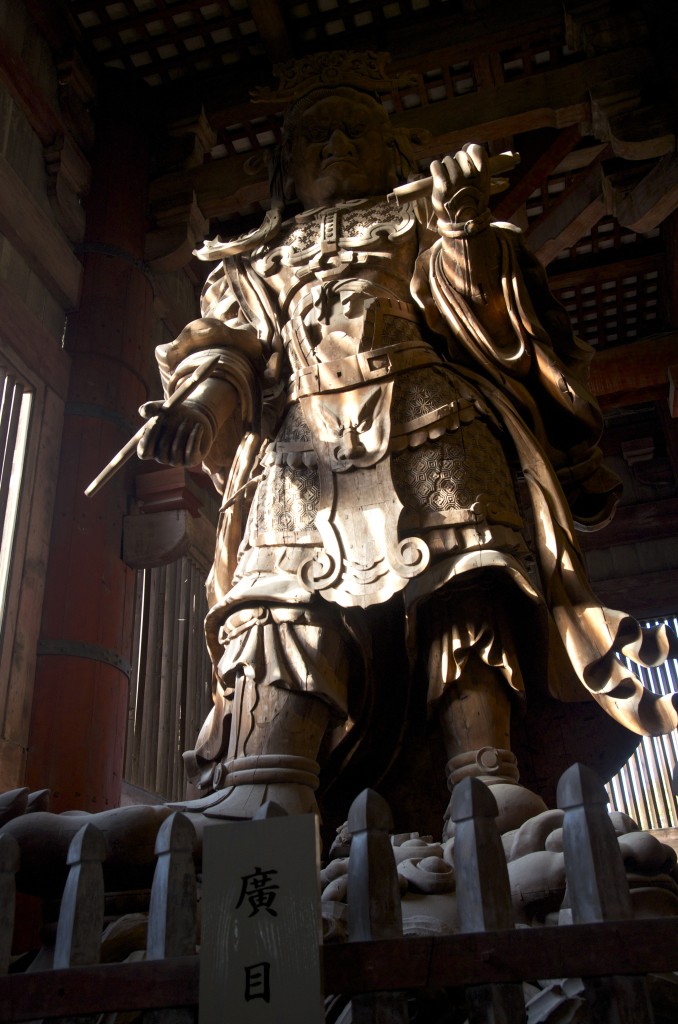 we meet the shadowy komokuten 廣目天/광목천. one of the four heavenly kings and ruler of the west.
we meet the shadowy komokuten 廣目天/광목천. one of the four heavenly kings and ruler of the west.
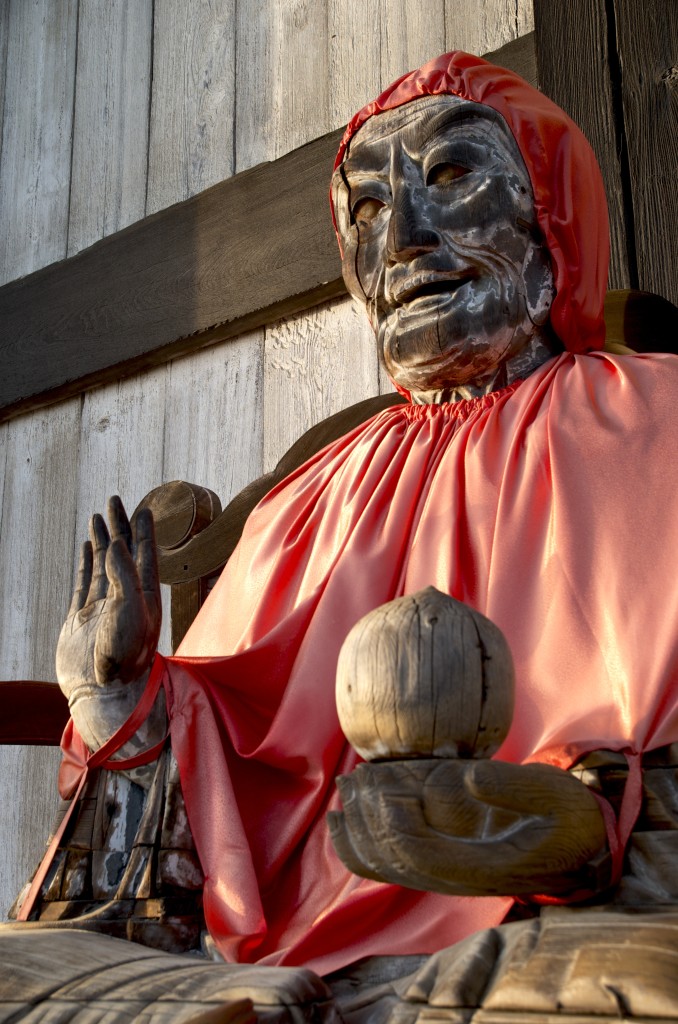 outside the great buddha hall 大仏殿 we find pindola 賓頭盧 but we refrain from trying his healing powers. from the late edo period.
outside the great buddha hall 大仏殿 we find pindola 賓頭盧 but we refrain from trying his healing powers. from the late edo period.
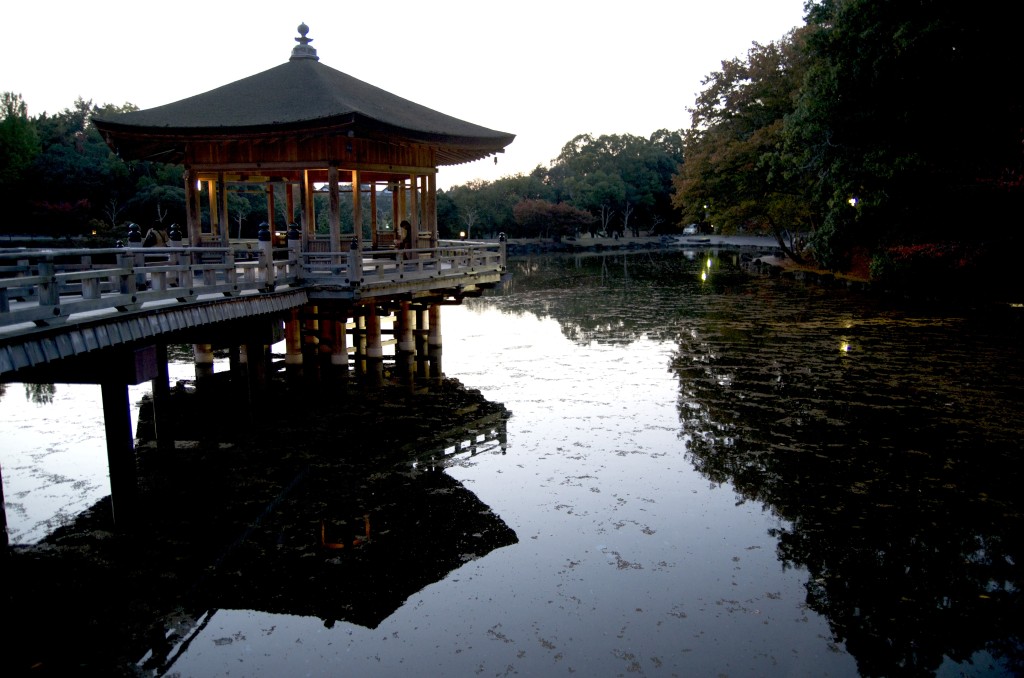 night falls and we head over to a restaurant for fishcake (오뎅 おでん).
night falls and we head over to a restaurant for fishcake (오뎅 おでん). 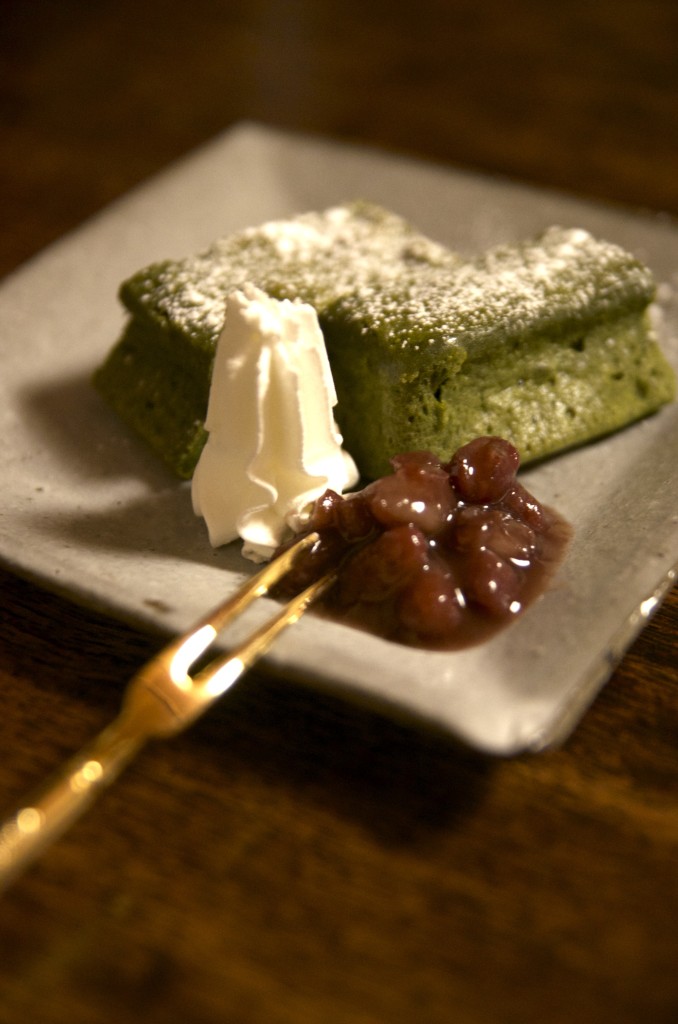 then tea and tiny japanese deserts.
then tea and tiny japanese deserts. 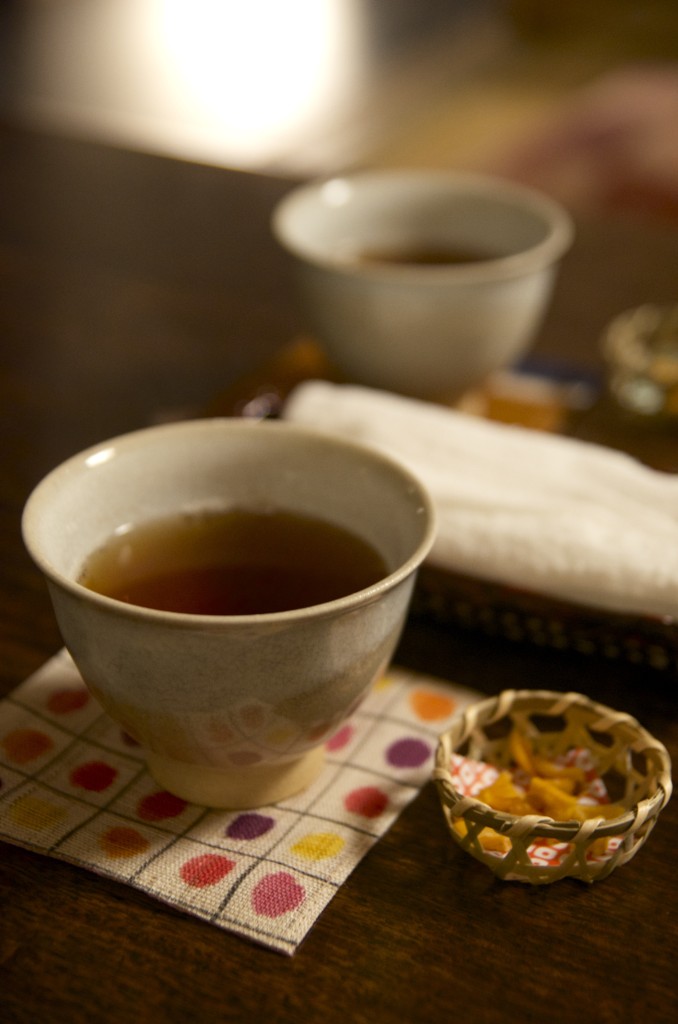
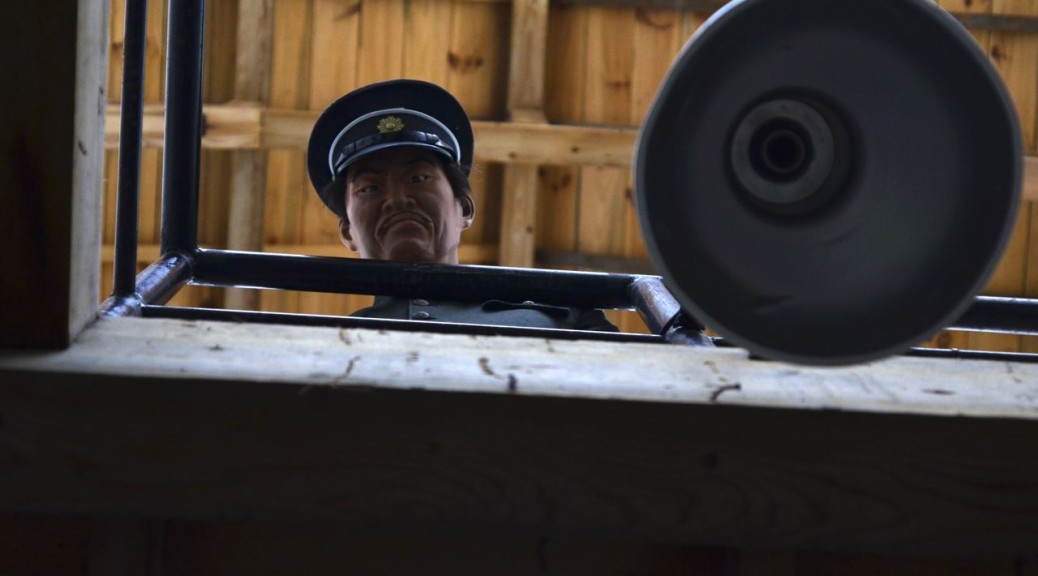
seodaemun prison camp
seodaemun prison camp
built in the early 1900s to hold korean nationalists during the japanese occupation of korea. after wwii, the south korean government used the prison until it was shut down in the 1980s. reopened as a museum in the 90s.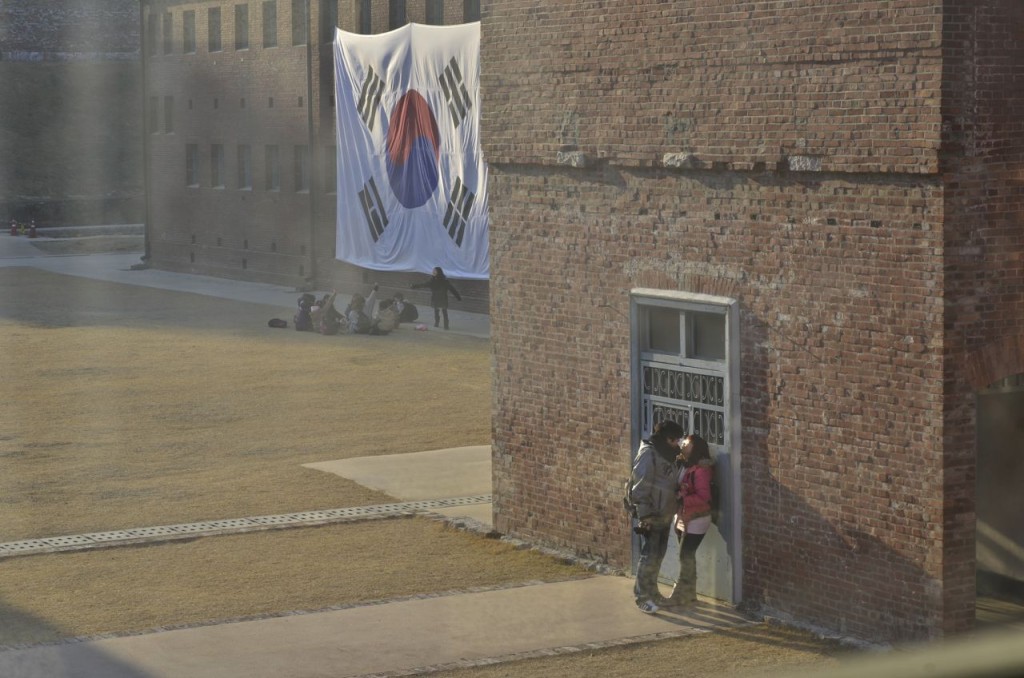 high school romance at the prison.
high school romance at the prison.
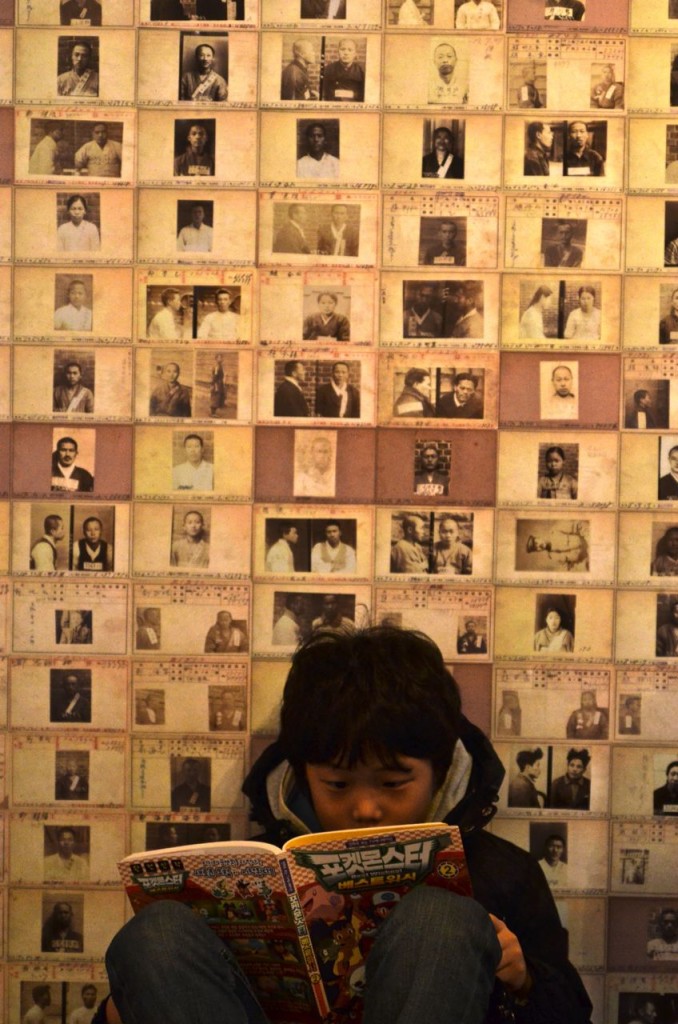 a boy reads a pokemon book, a character created by japanese video game designer satoshi tajiri, in front of a wall of koreans held at the camp during the occupation.
a boy reads a pokemon book, a character created by japanese video game designer satoshi tajiri, in front of a wall of koreans held at the camp during the occupation.
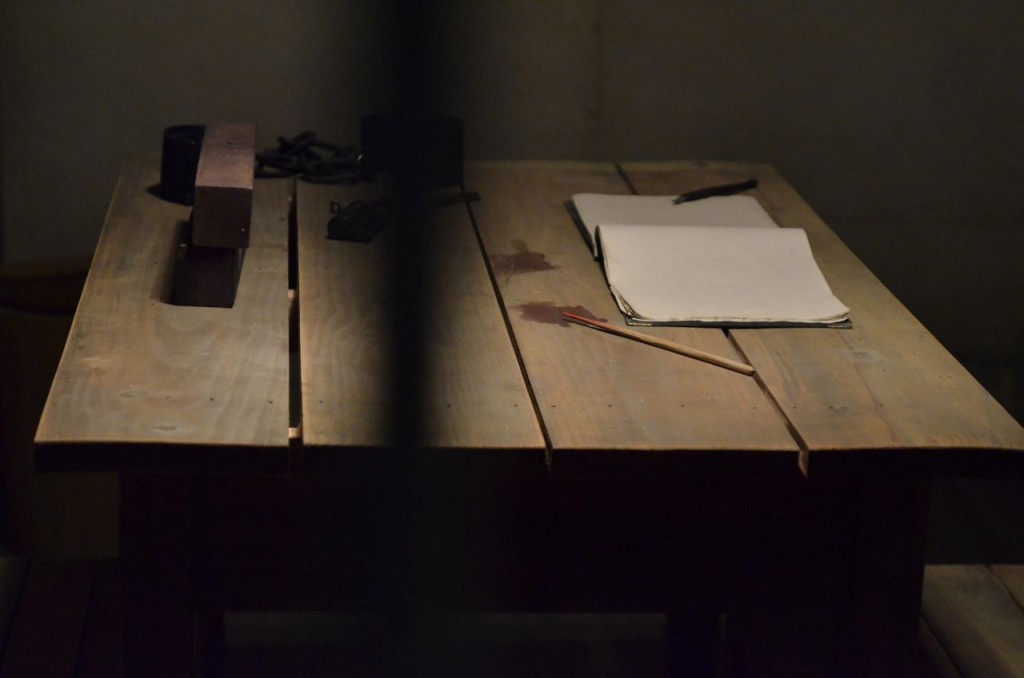 bamboo under the nails torture.
bamboo under the nails torture.
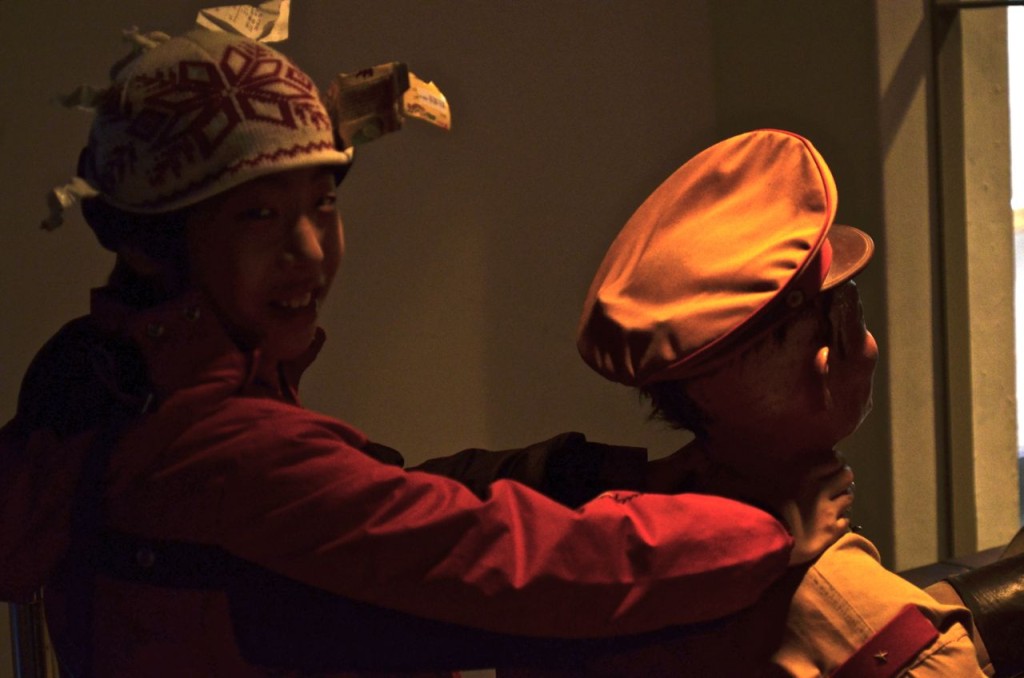 an elementary school kid on a field trip chokes a guard mannequin in one the torture chambers.
an elementary school kid on a field trip chokes a guard mannequin in one the torture chambers.
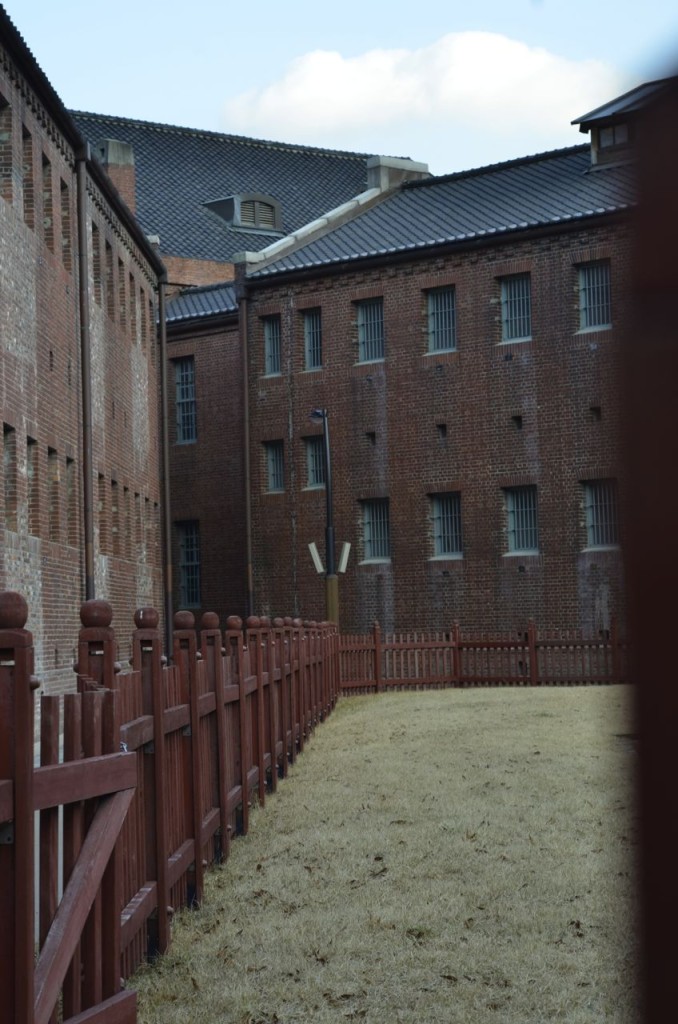 the former prison lies west of dongnimmun station on the seoul subway line 3.
the former prison lies west of dongnimmun station on the seoul subway line 3.
korea, china, manchuria and the pacific under japanese occupation.
cat island
Aoshima. Cat Island.
http://www.theatlantic.com/photo/2015/03/a-visit-to-aoshima-a-cat-island-in-japan/386647/
